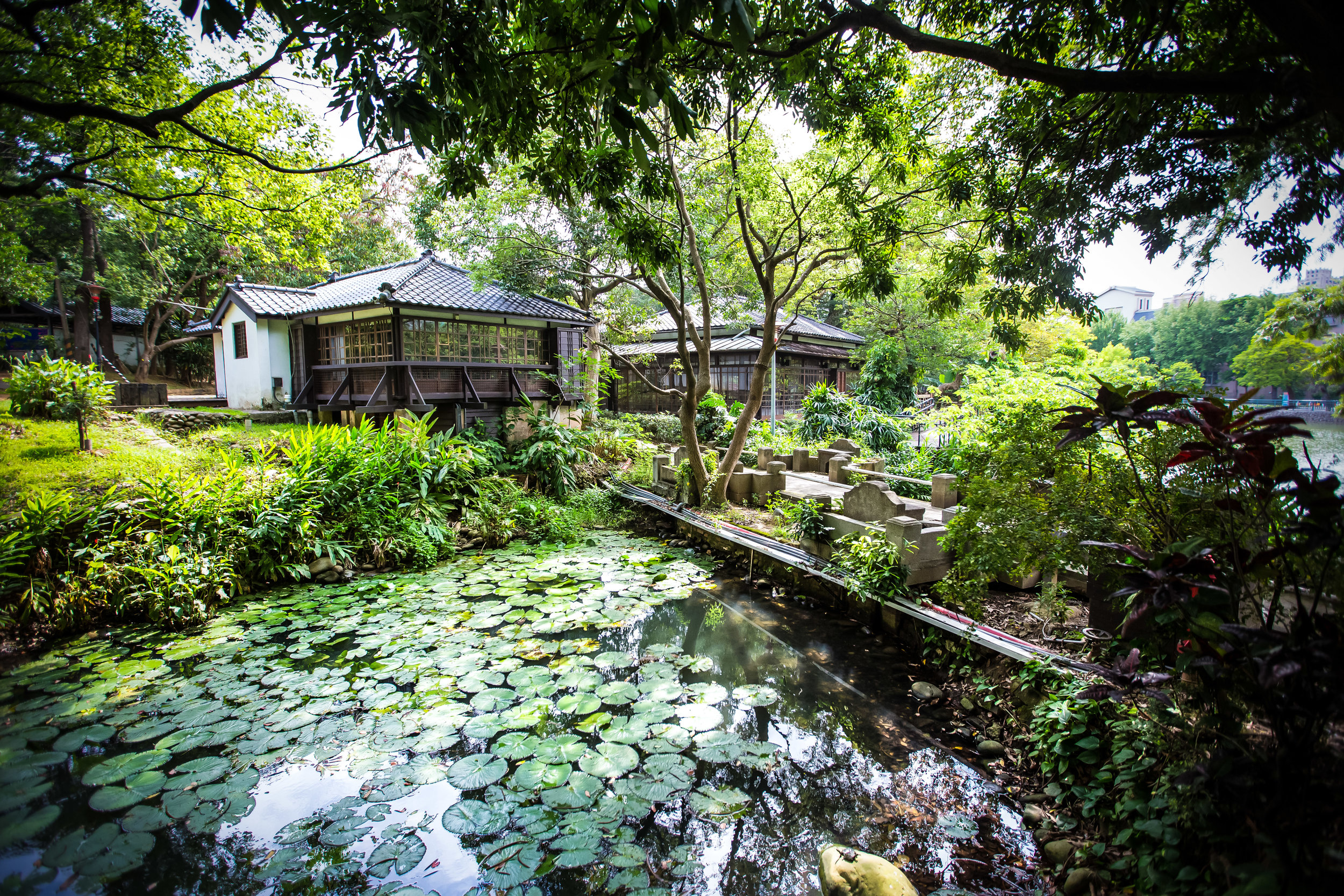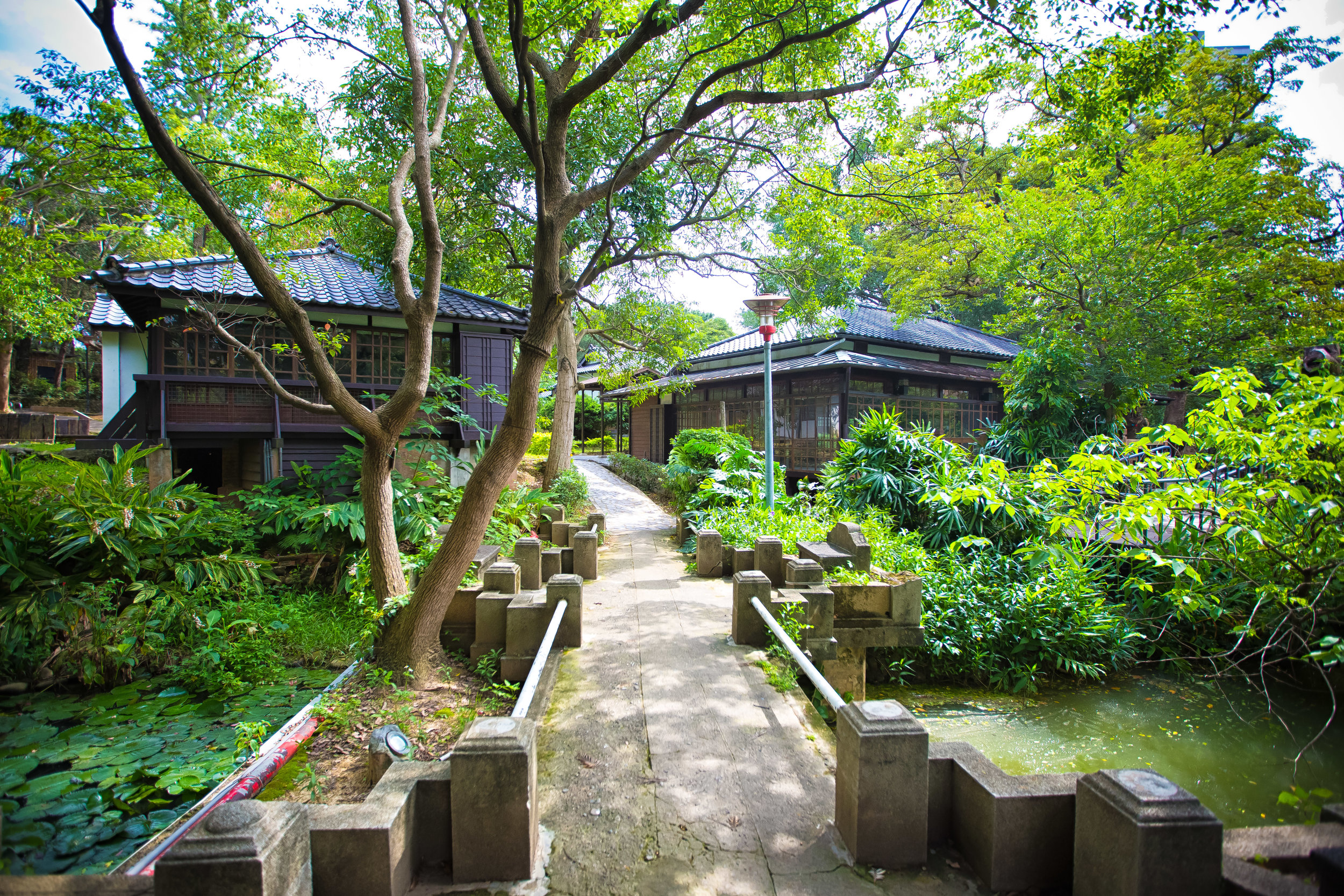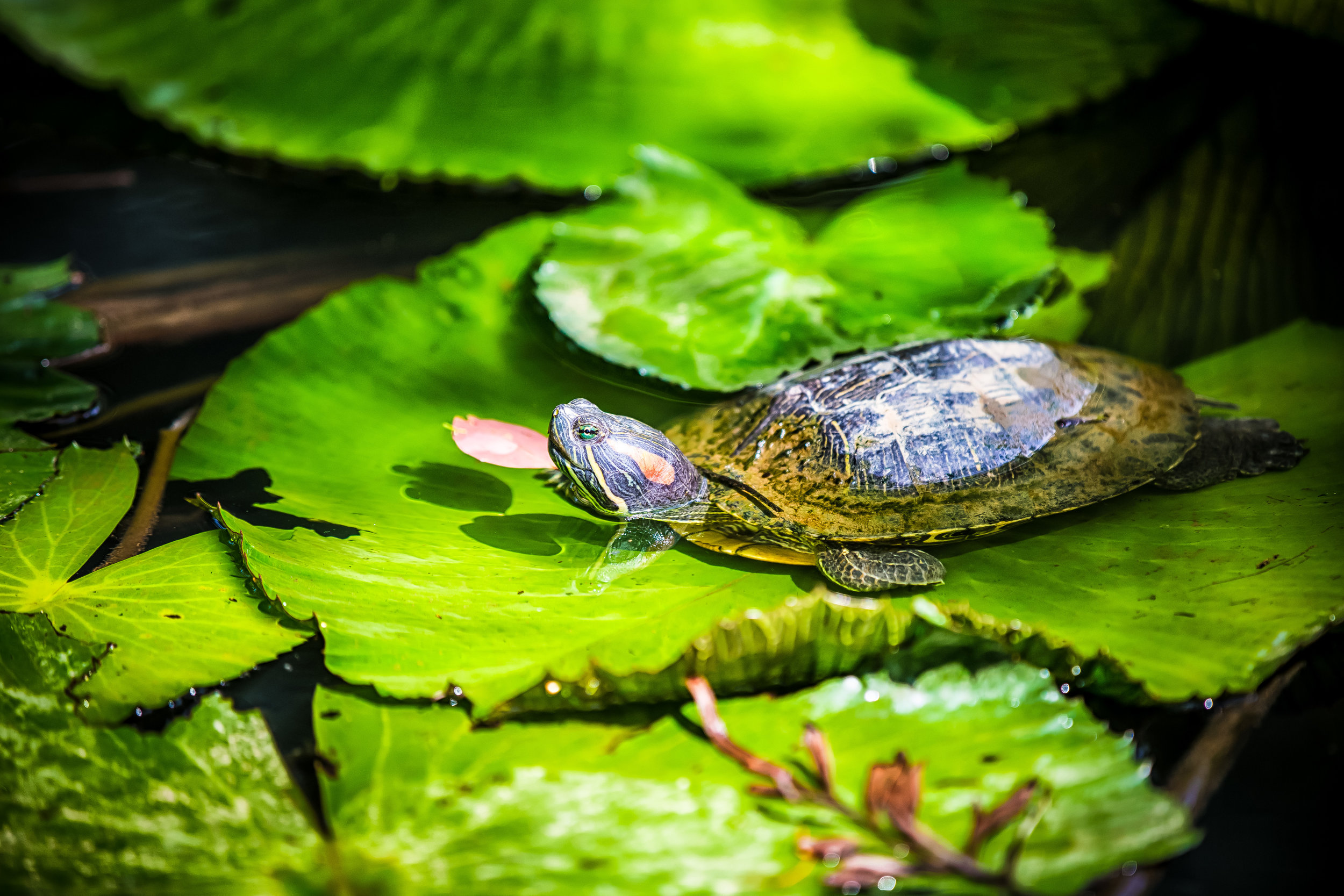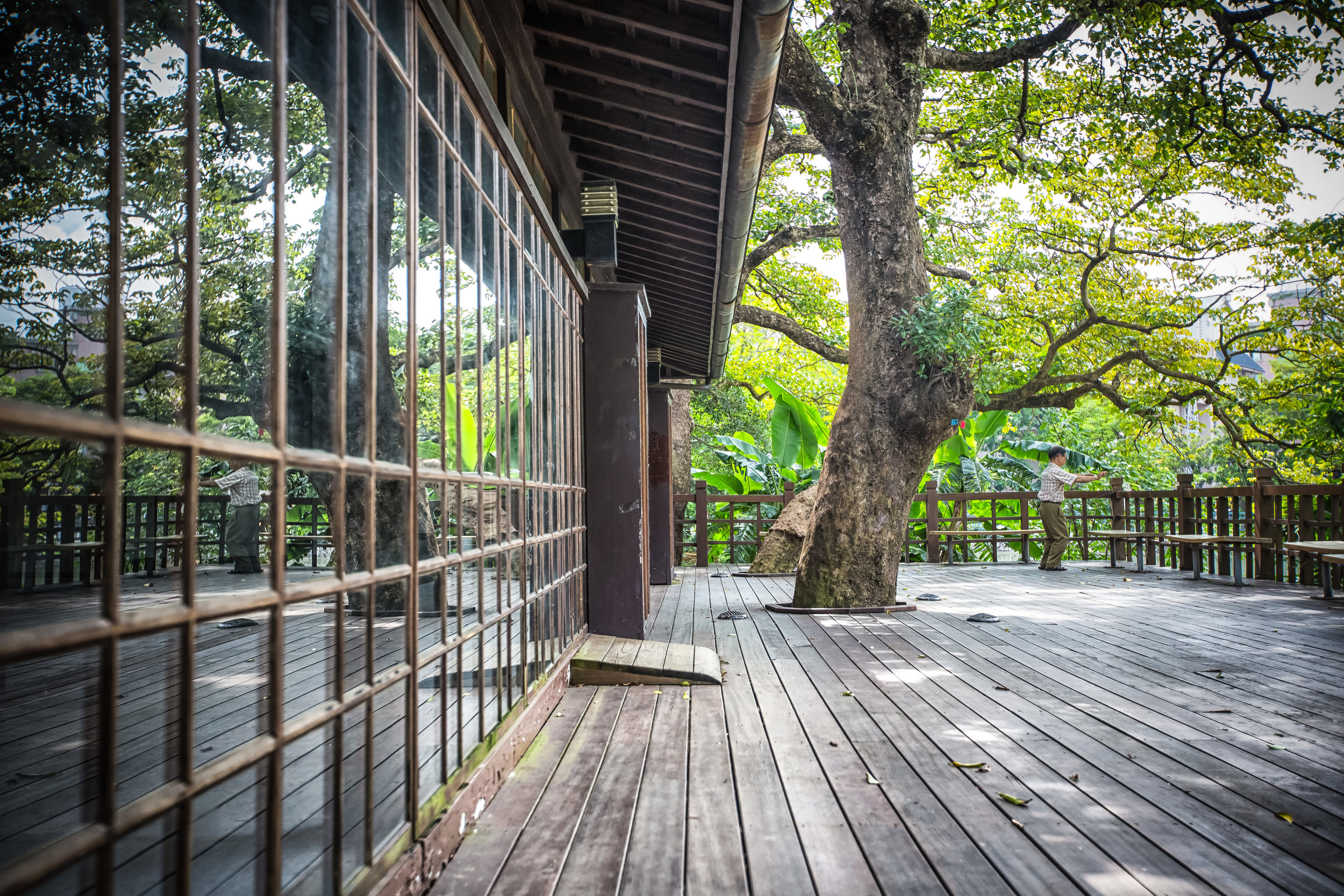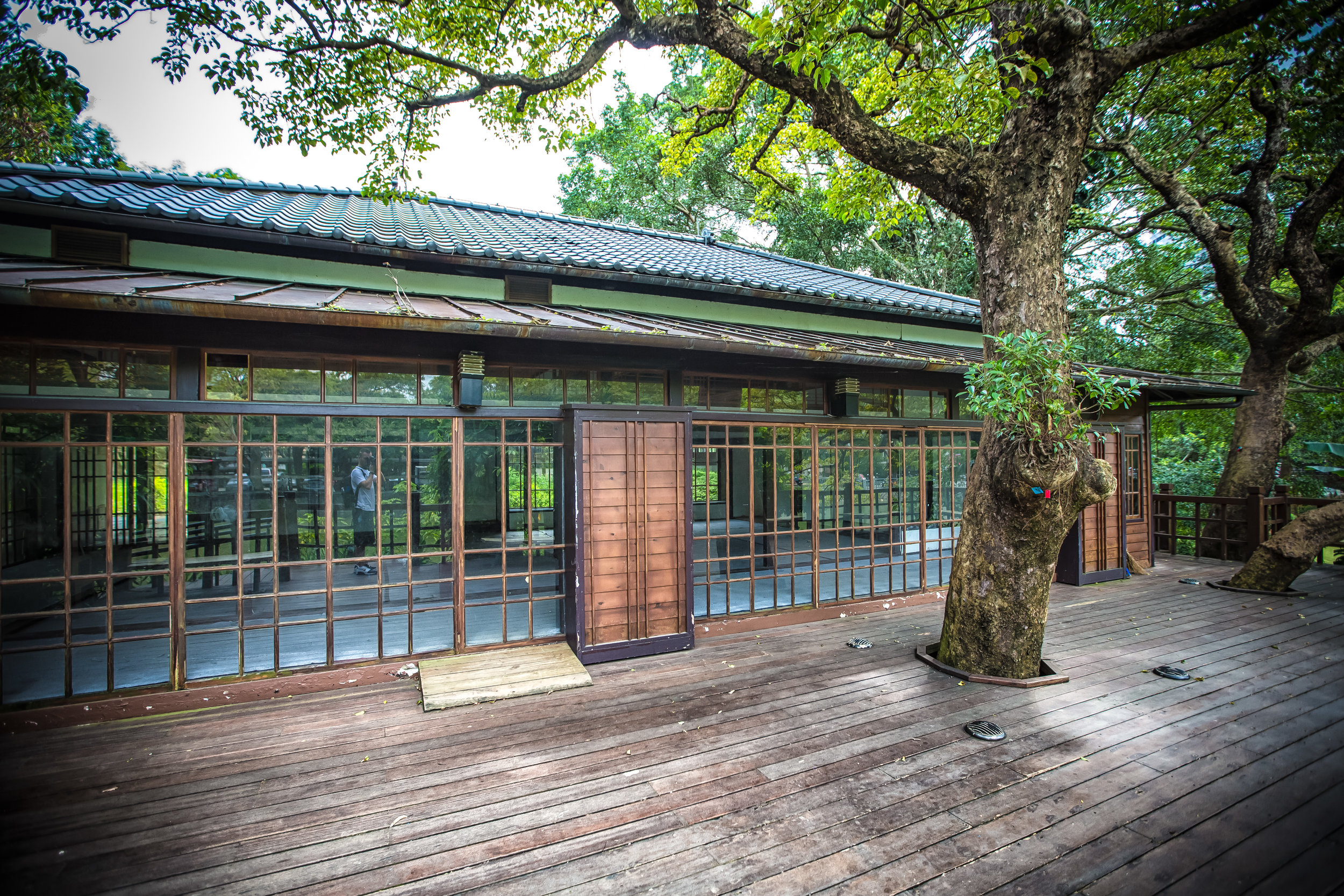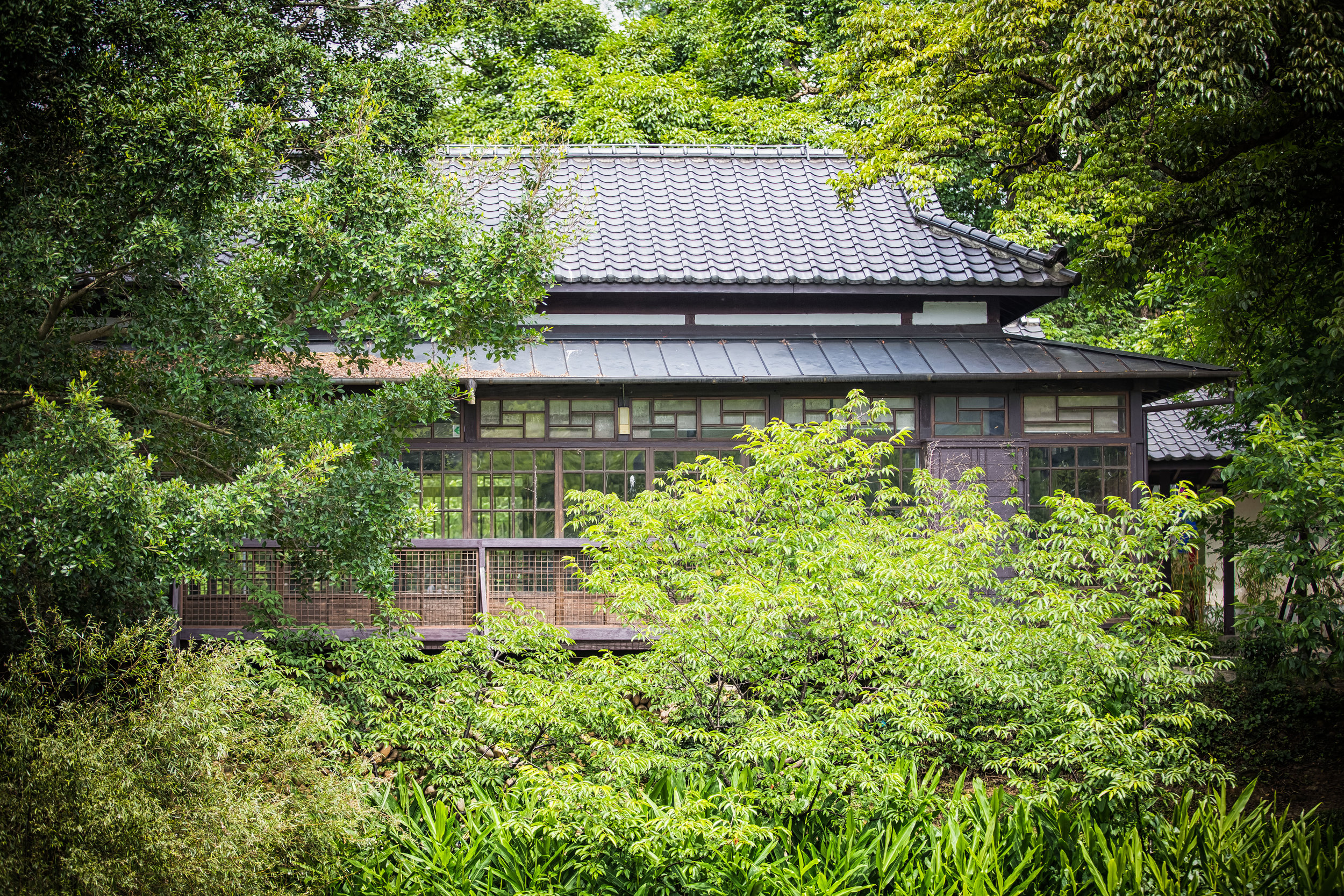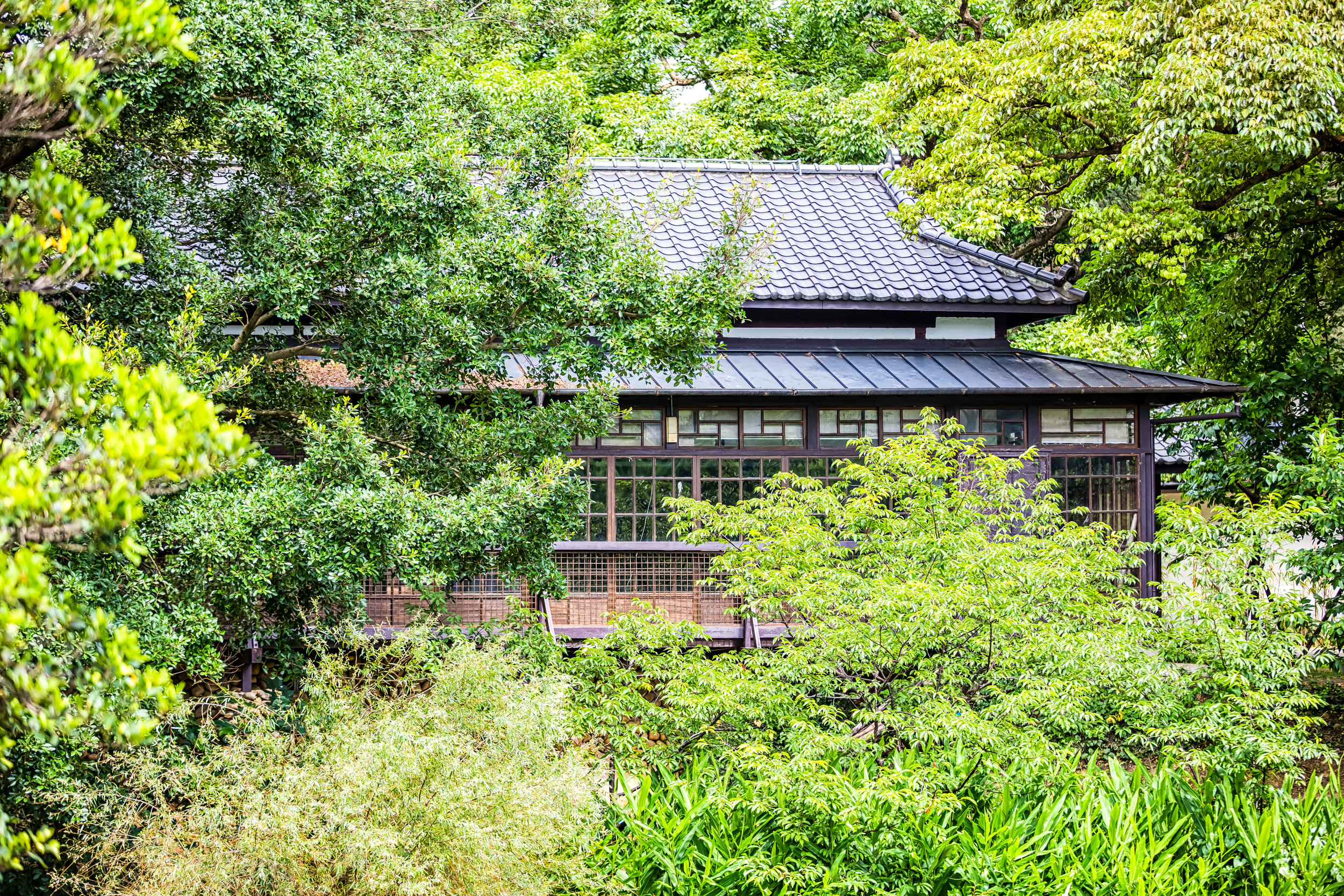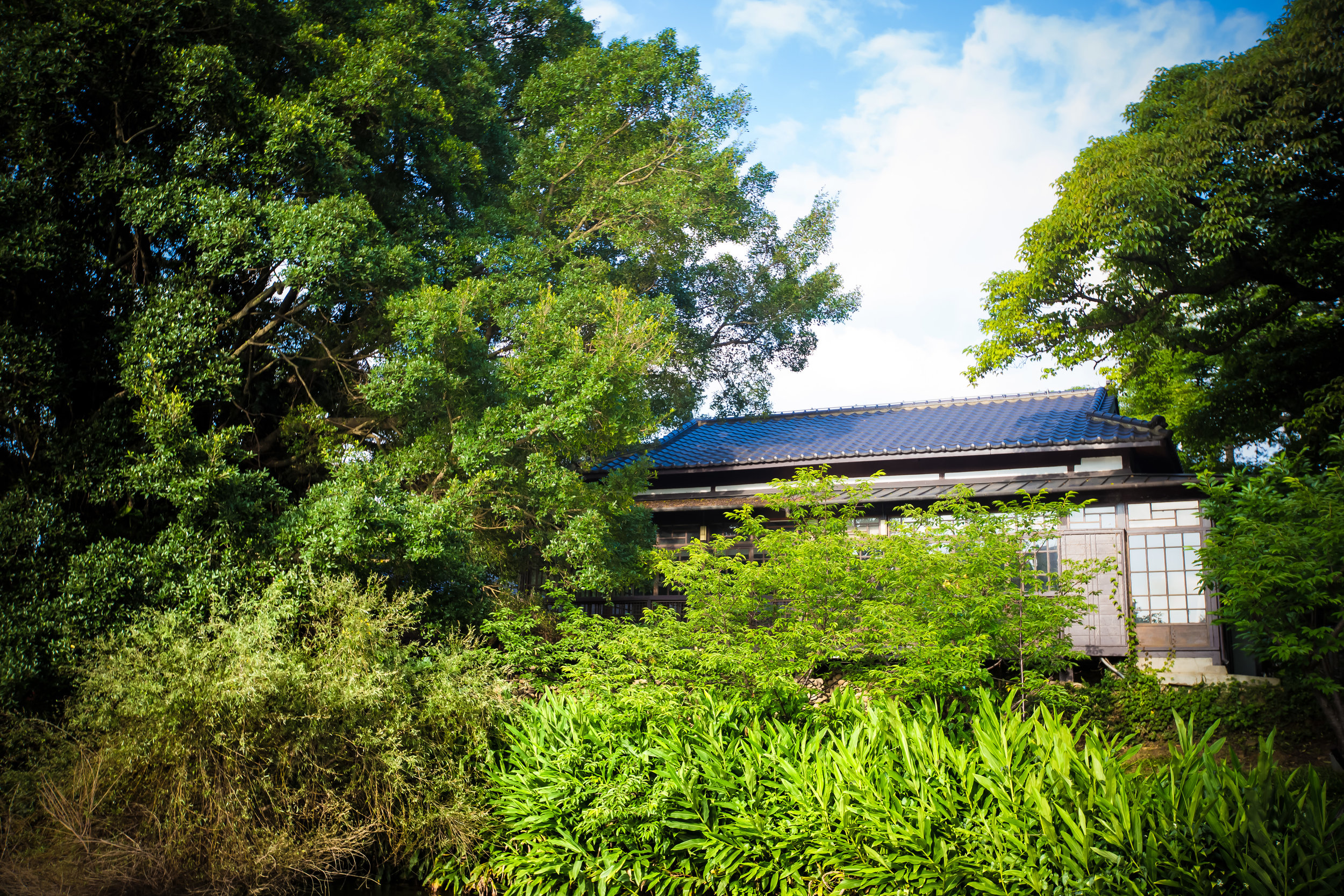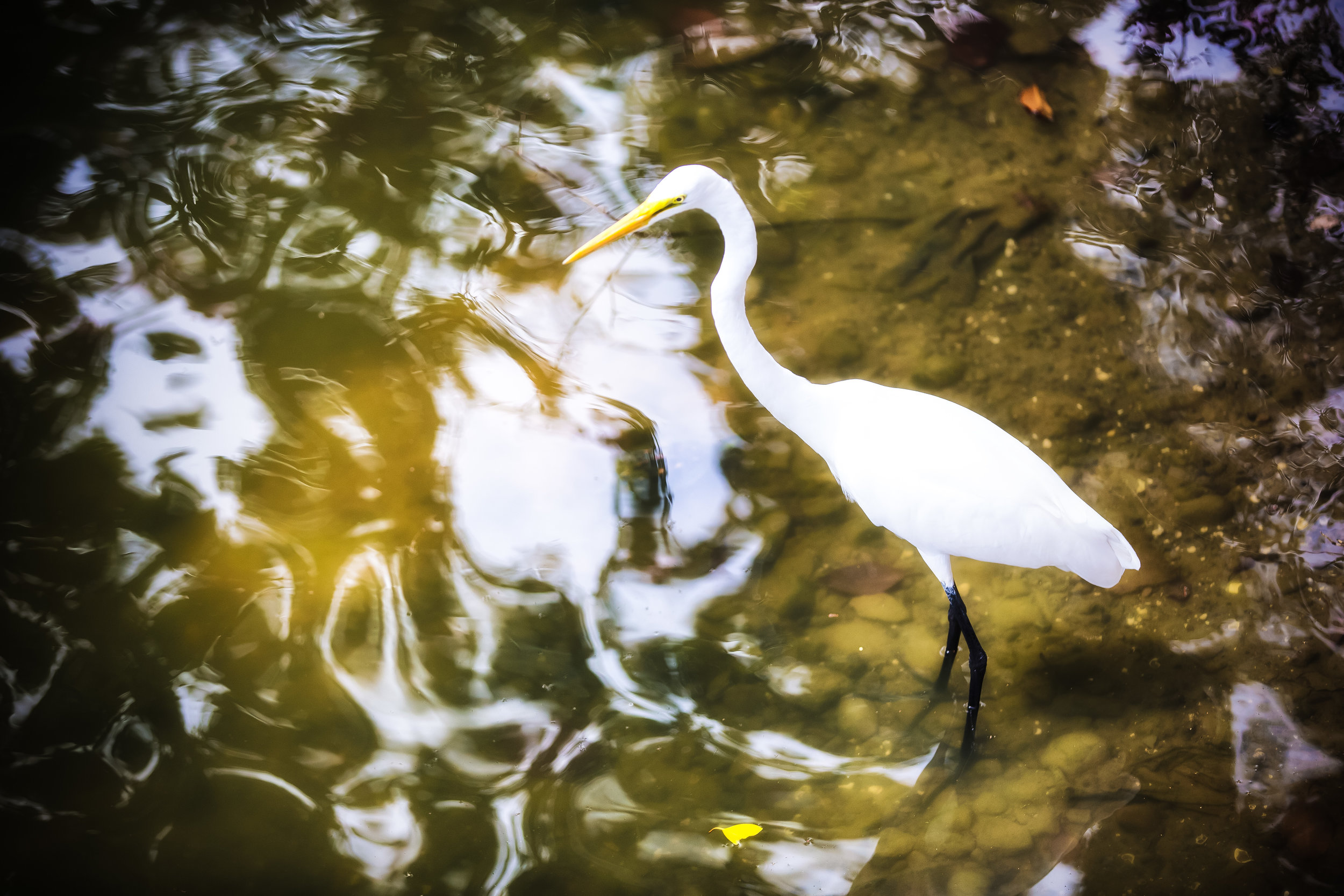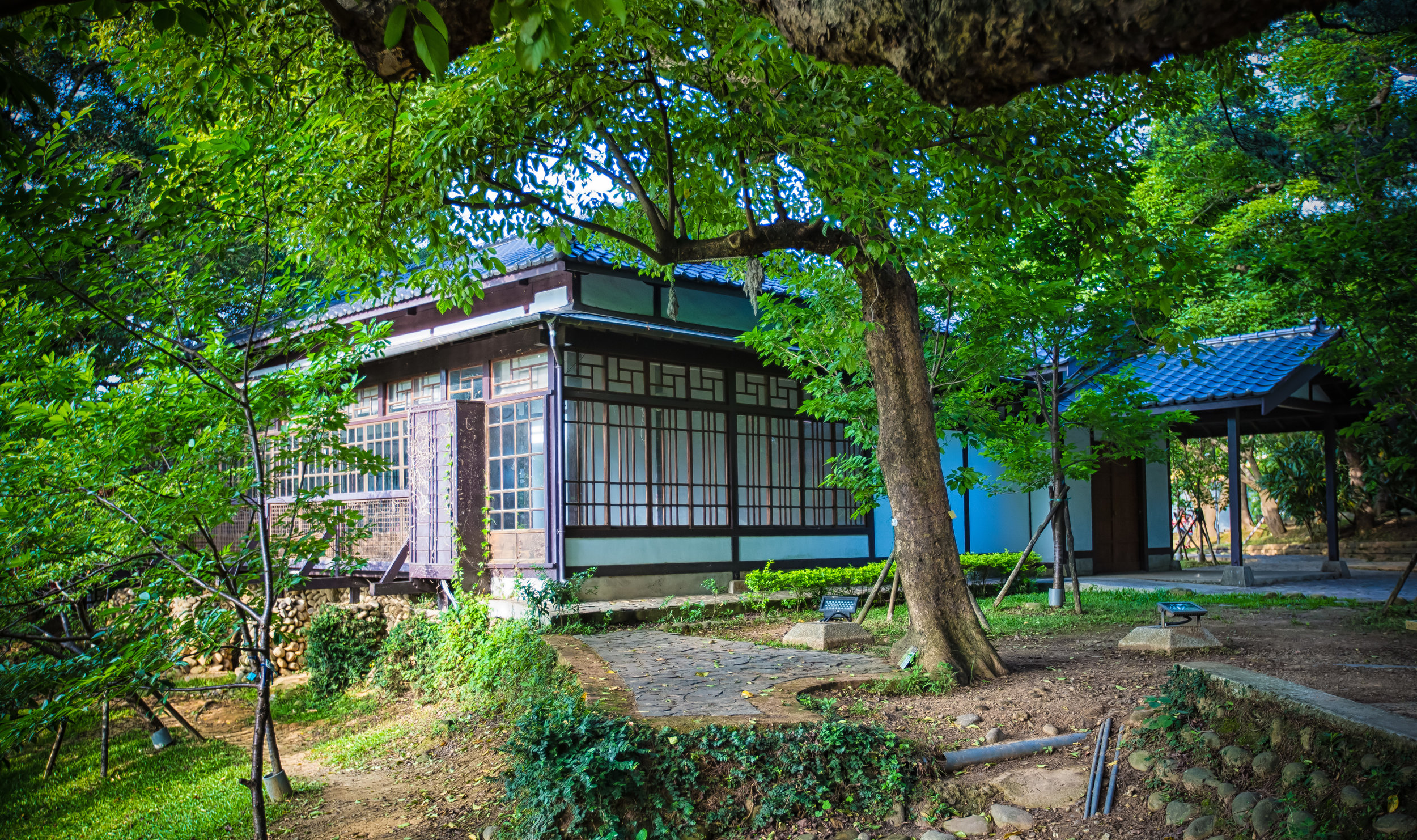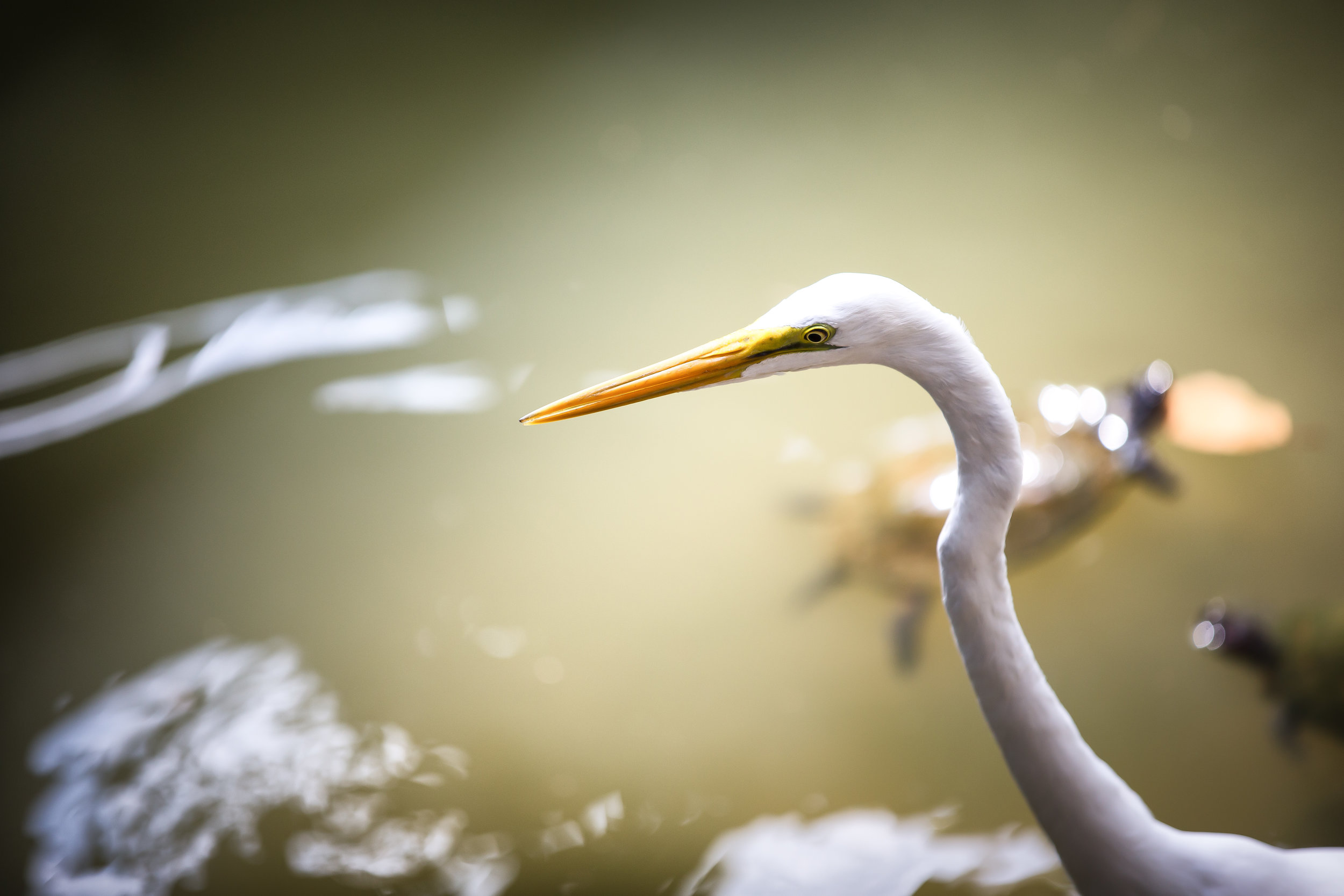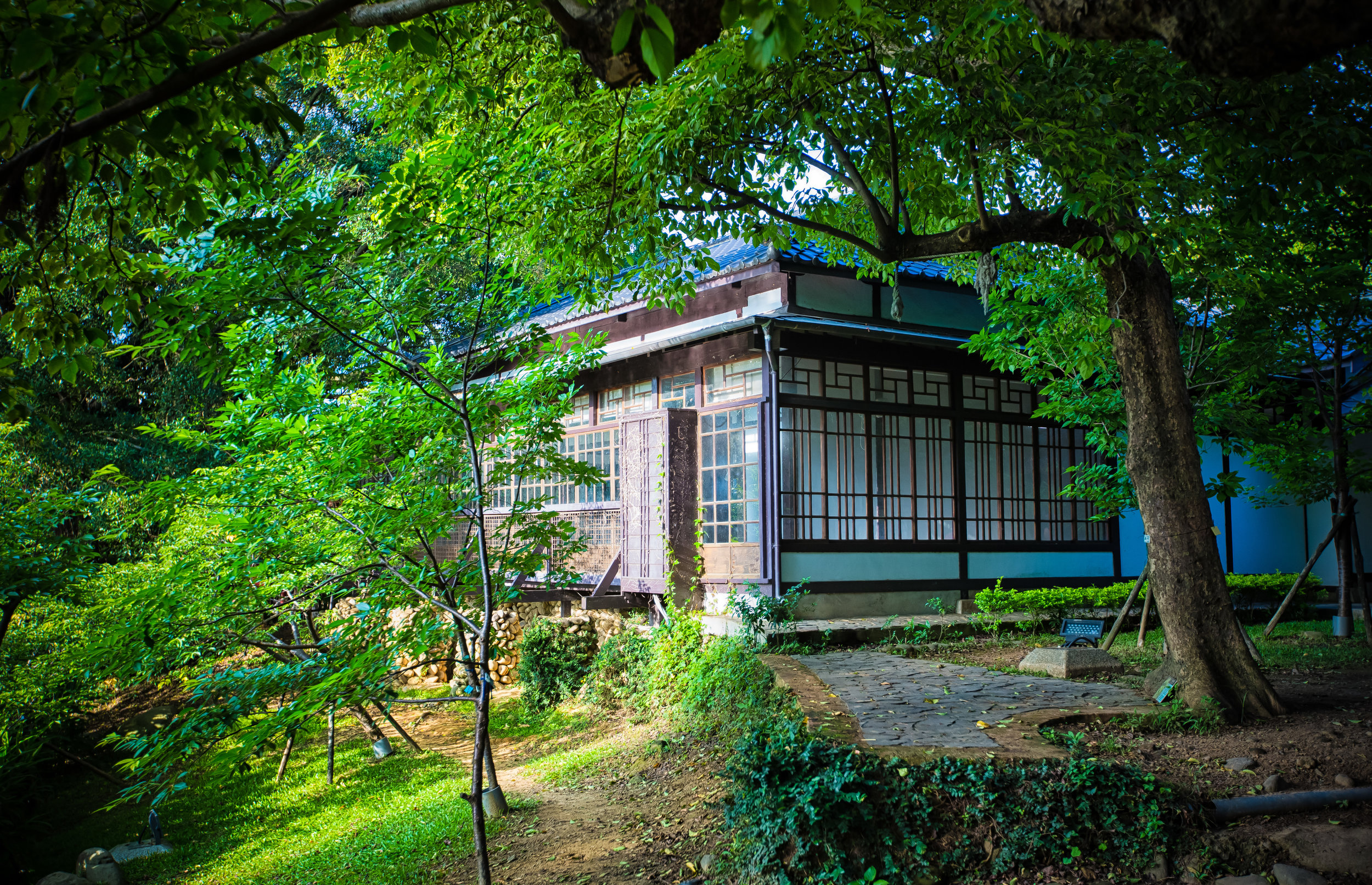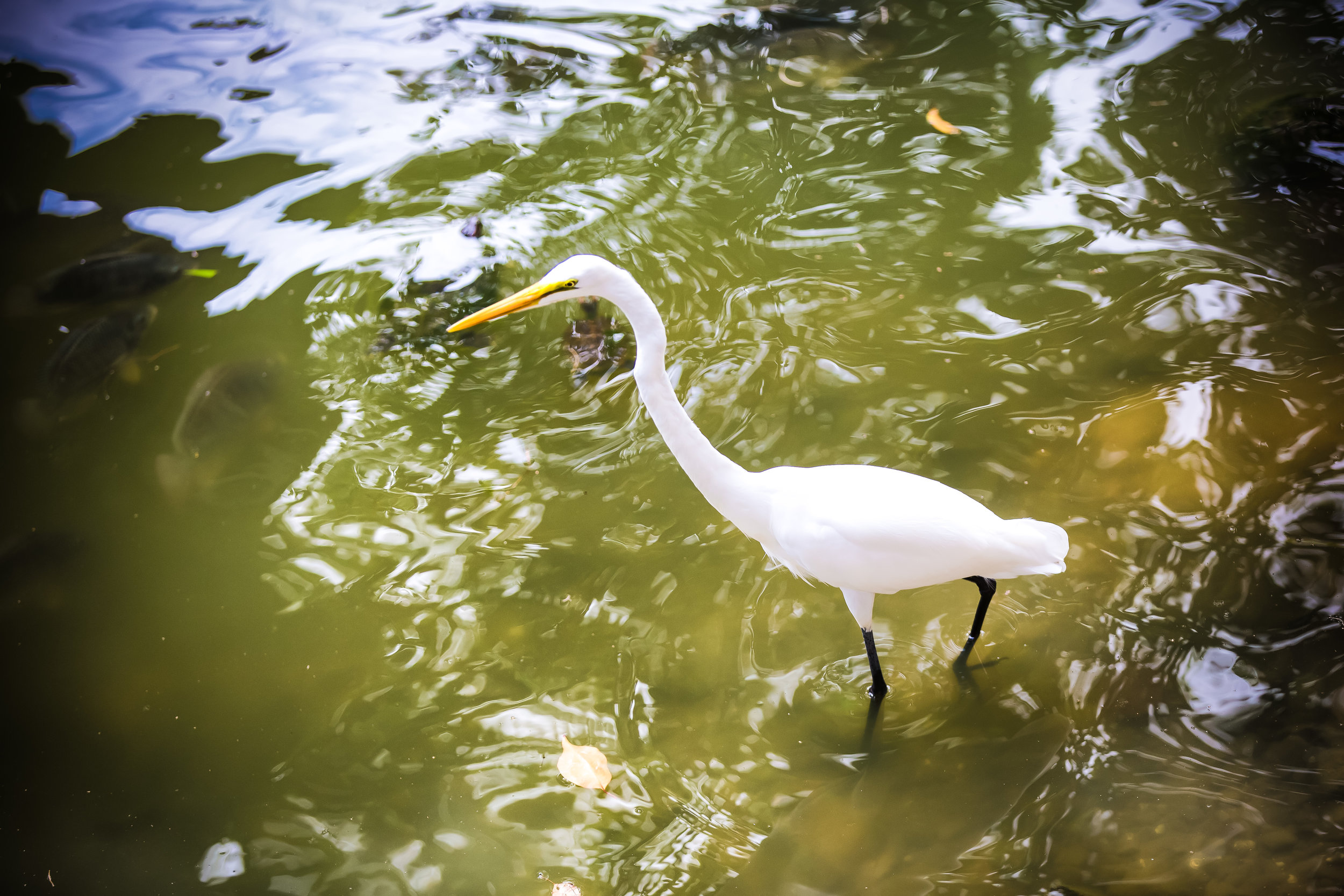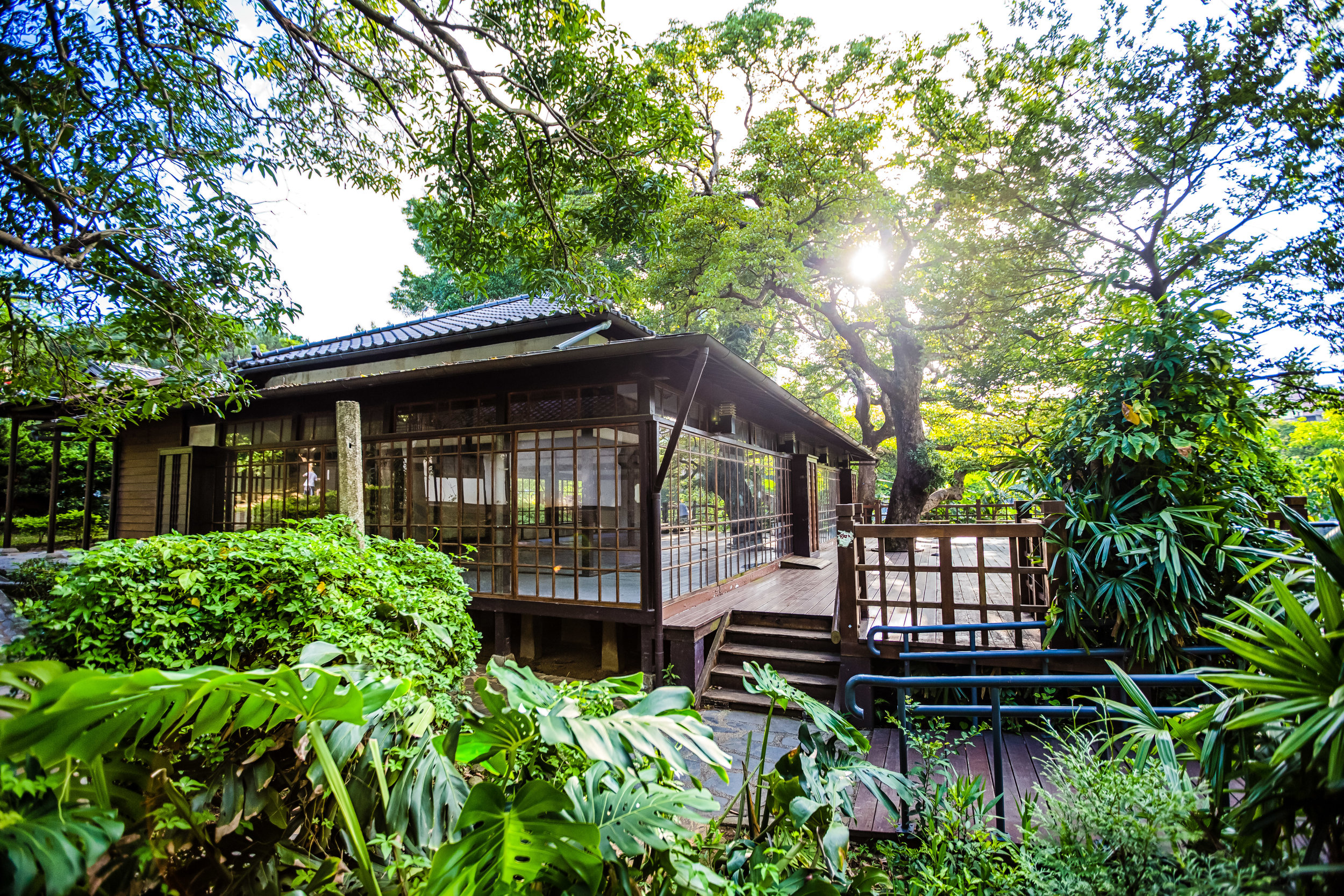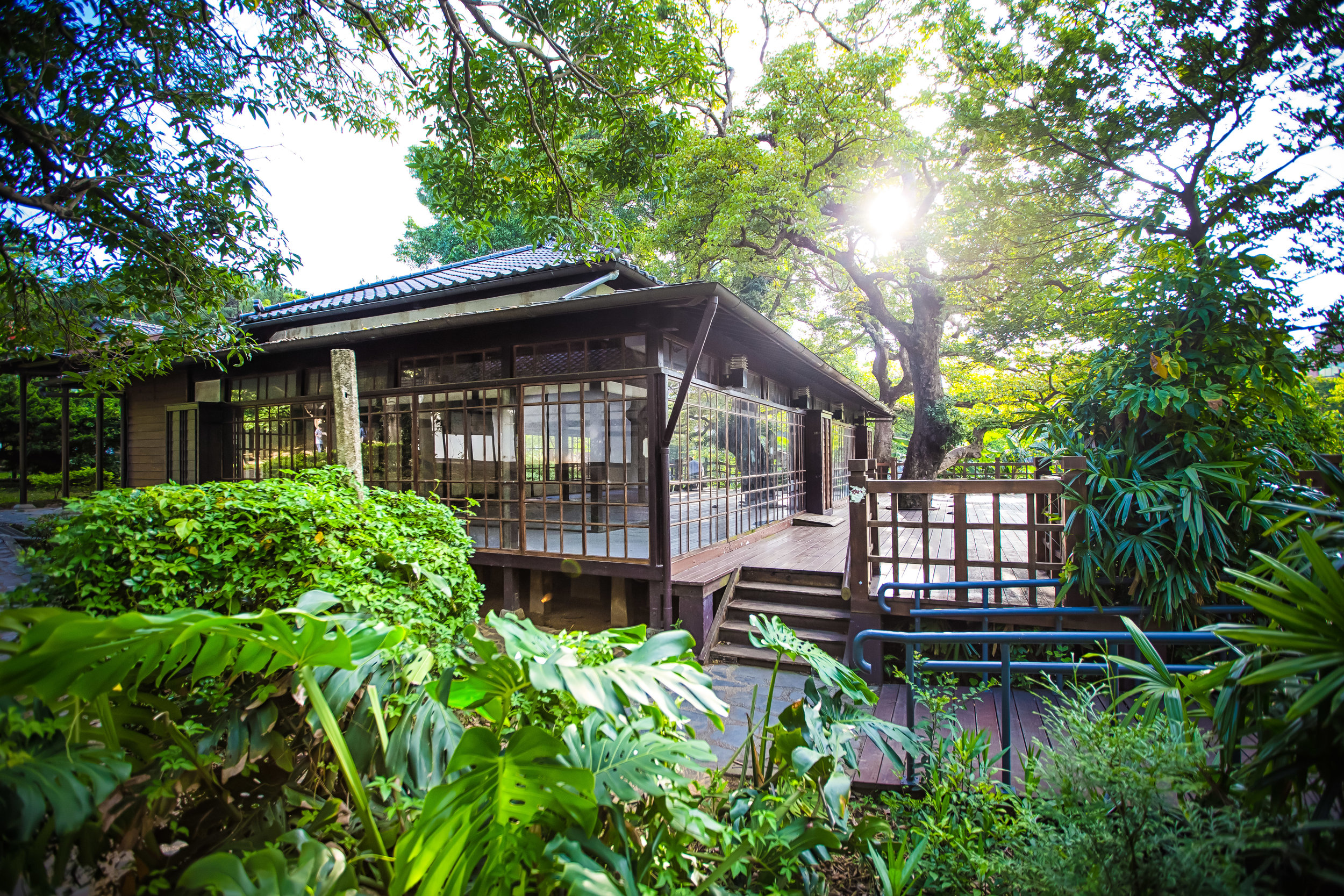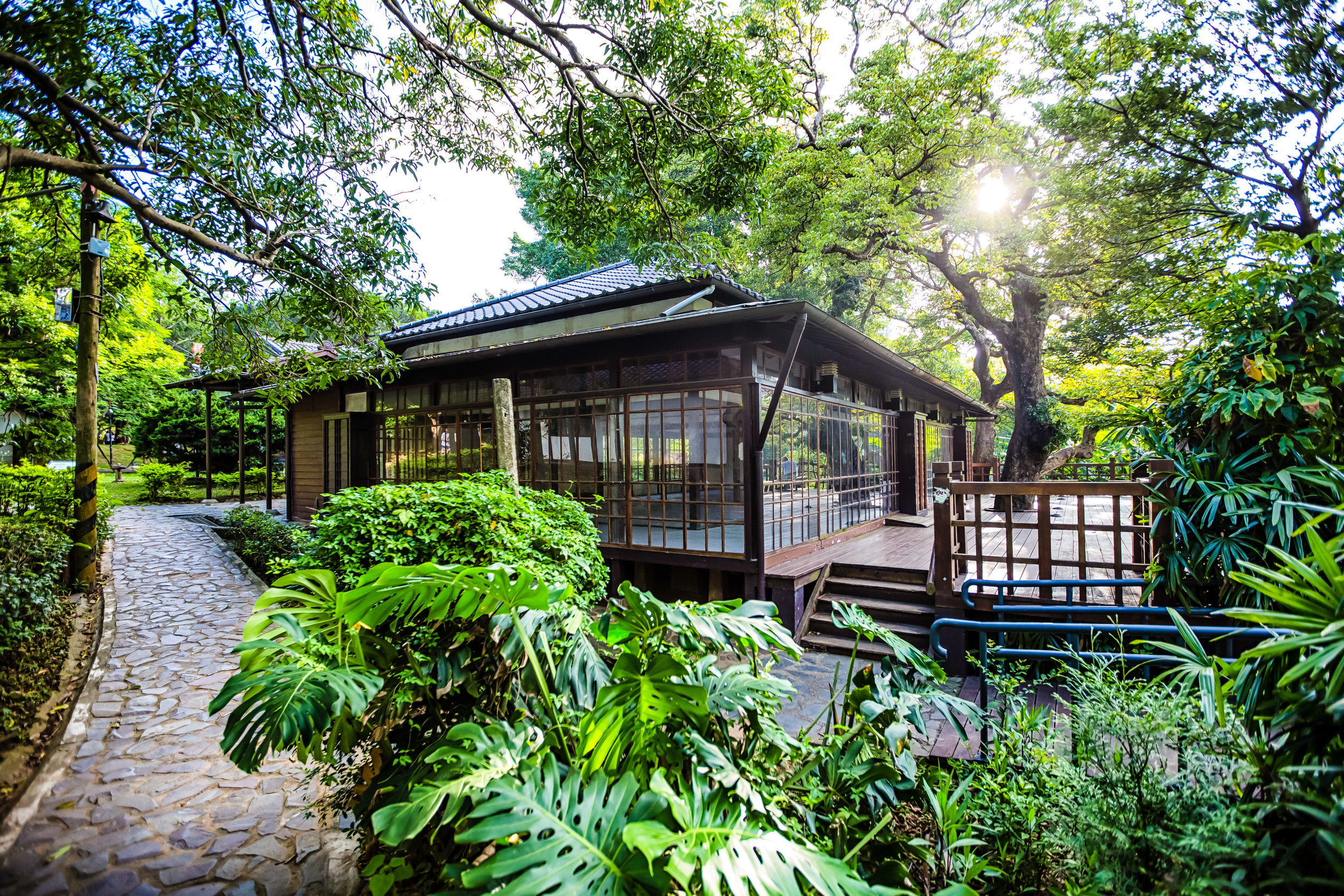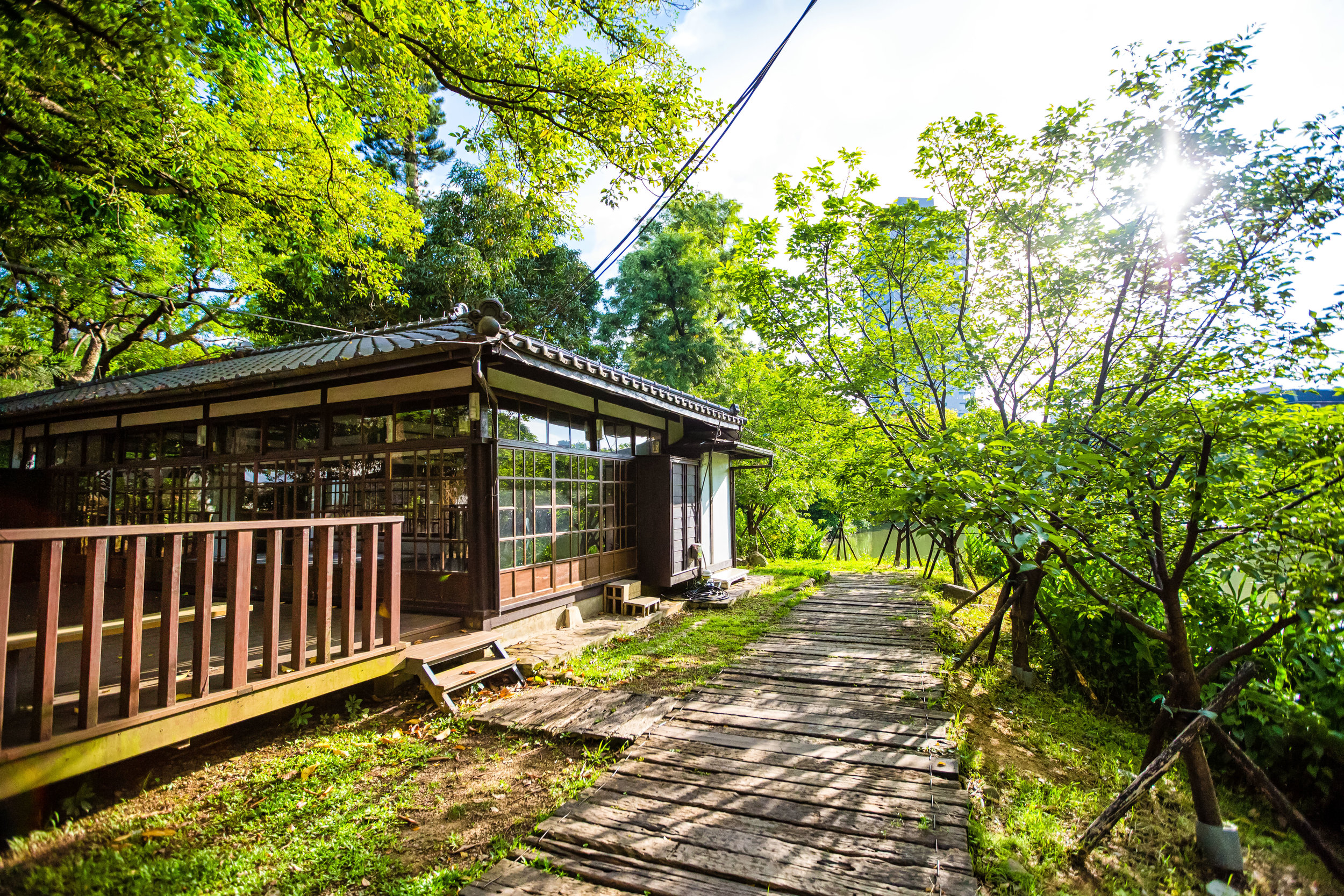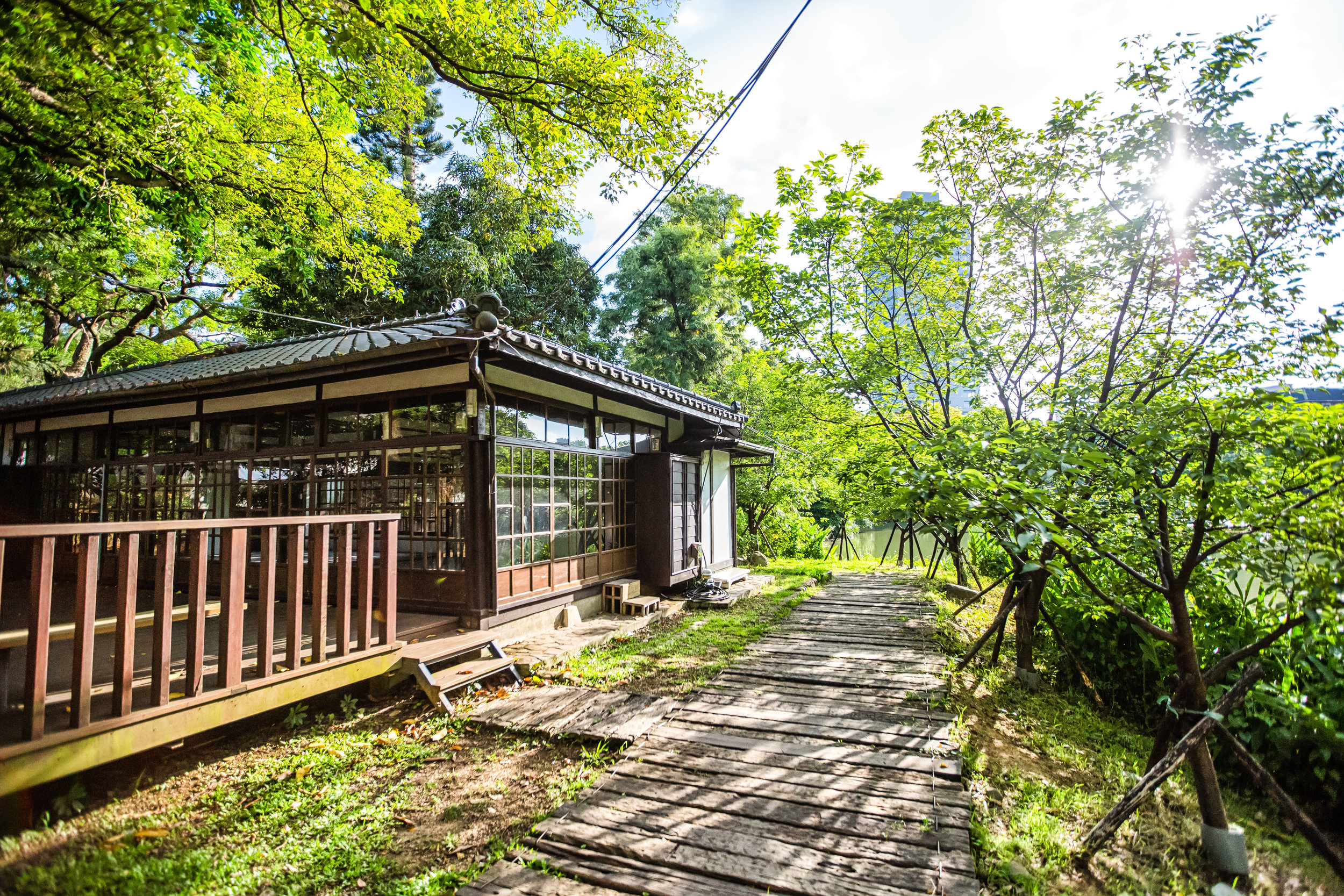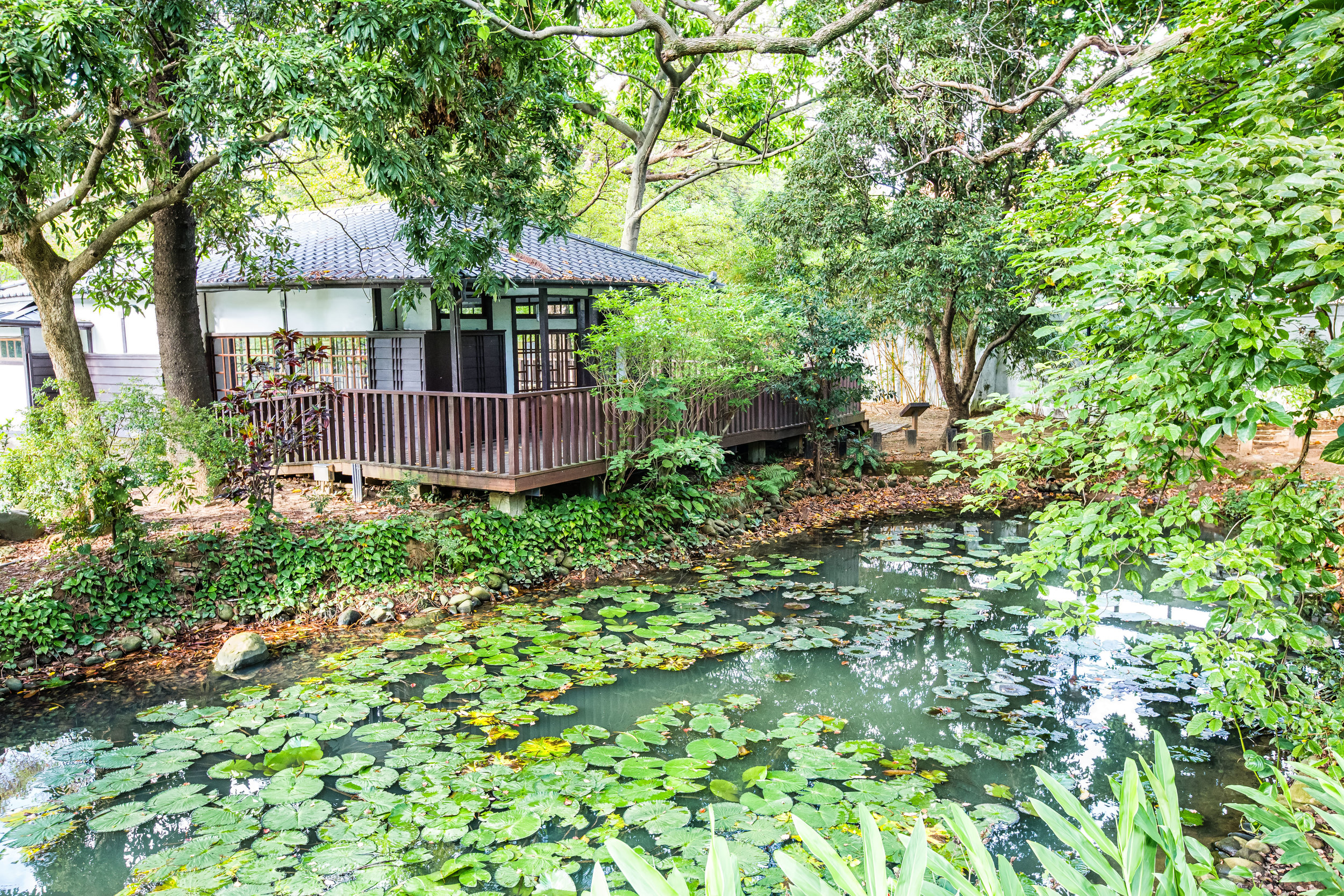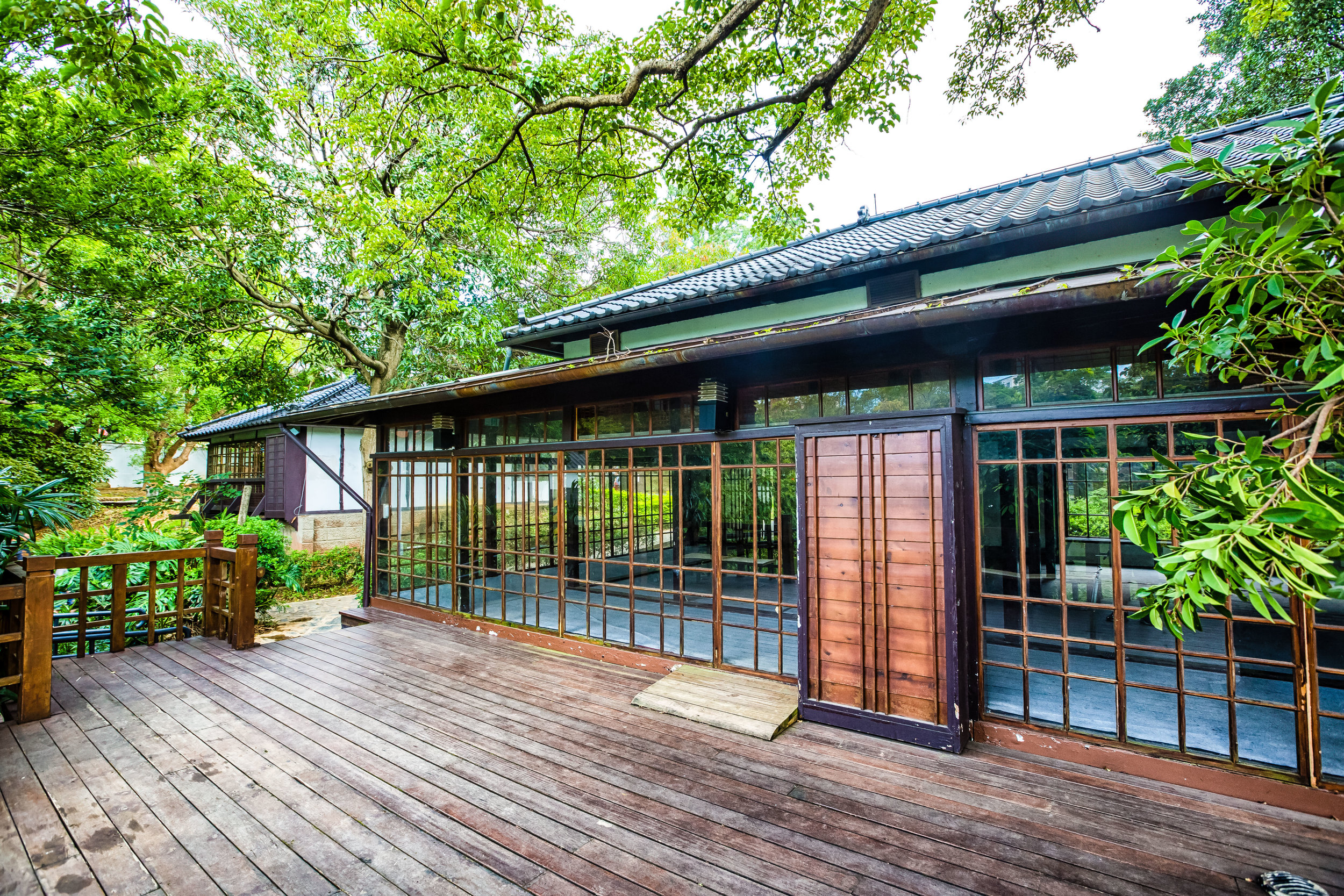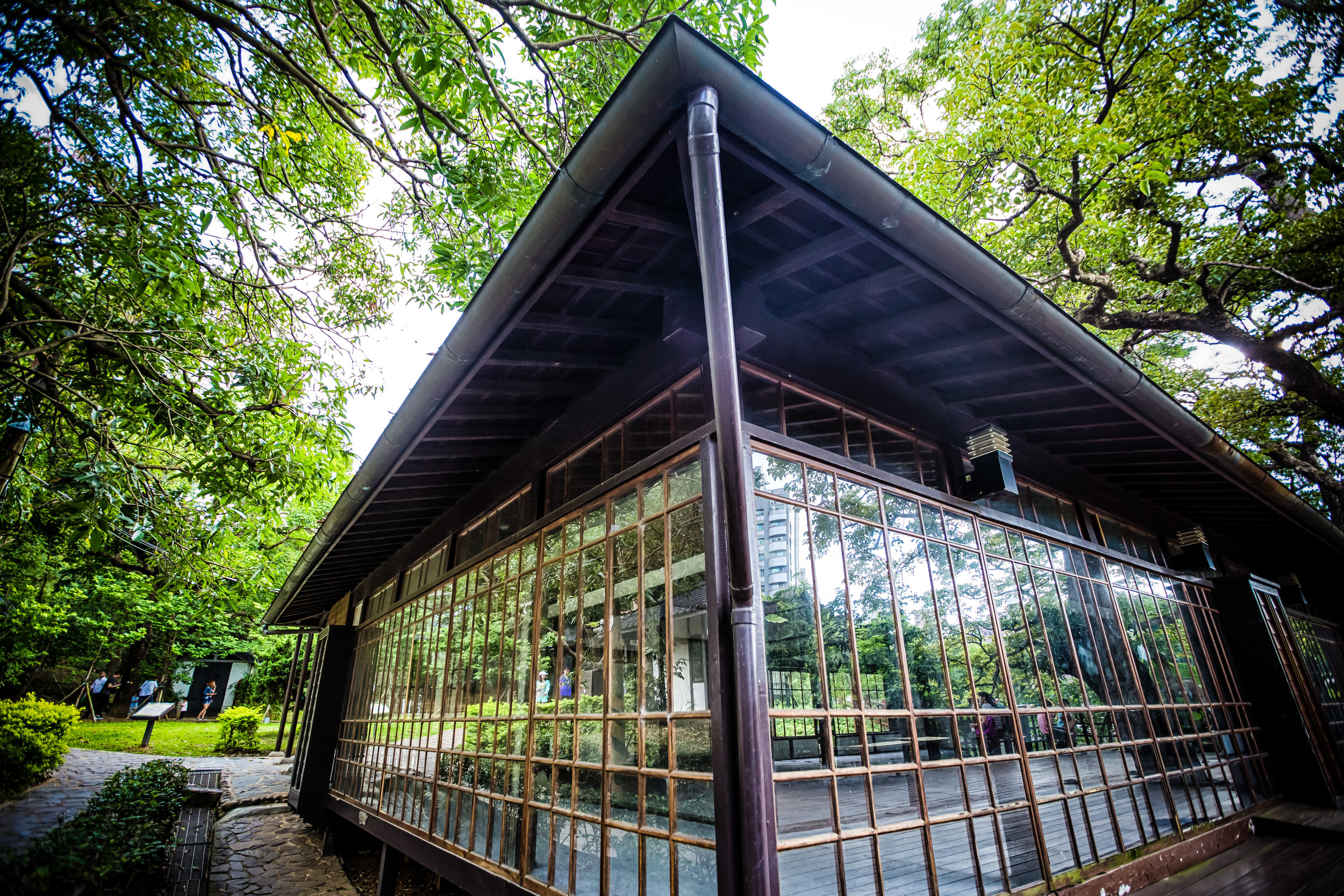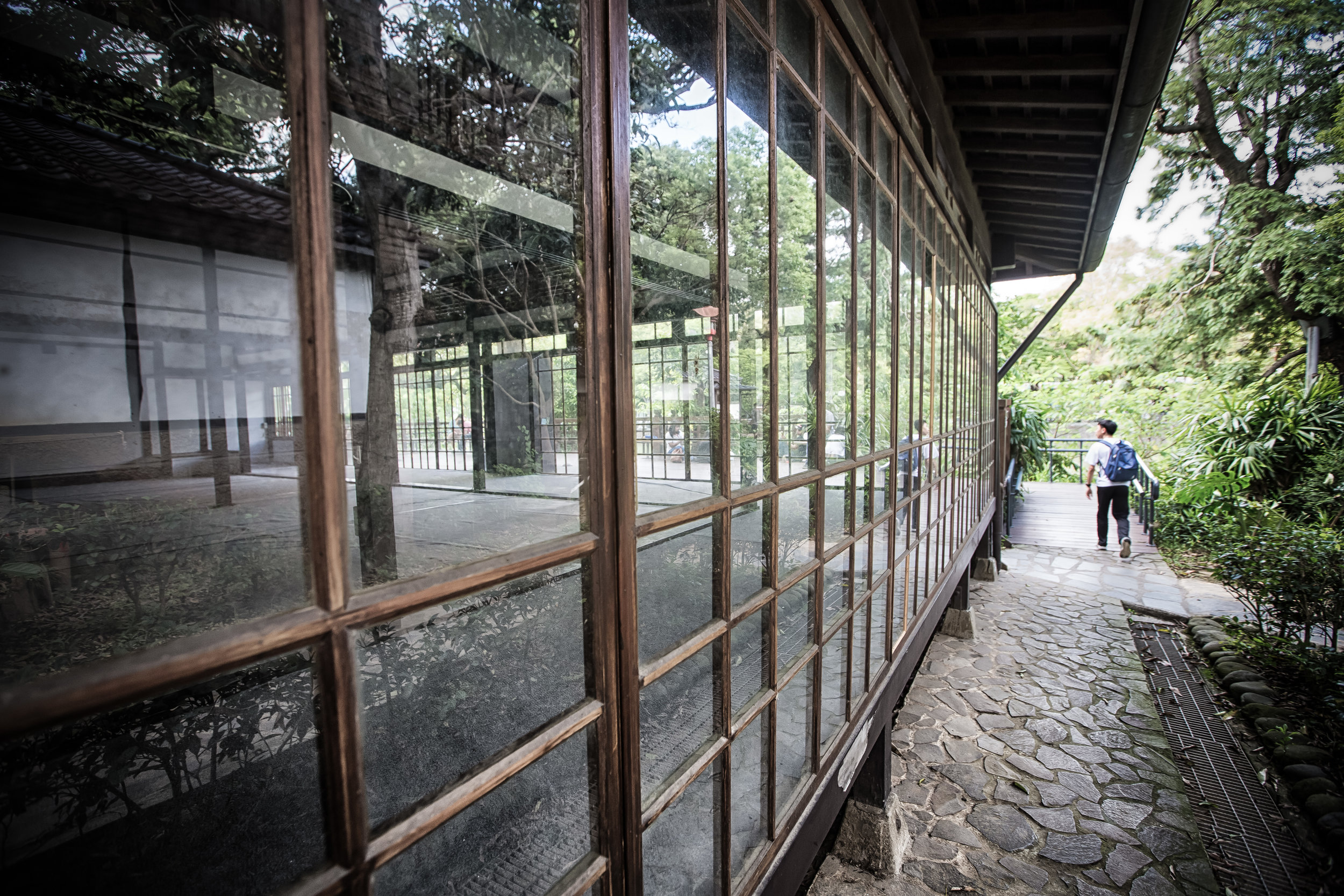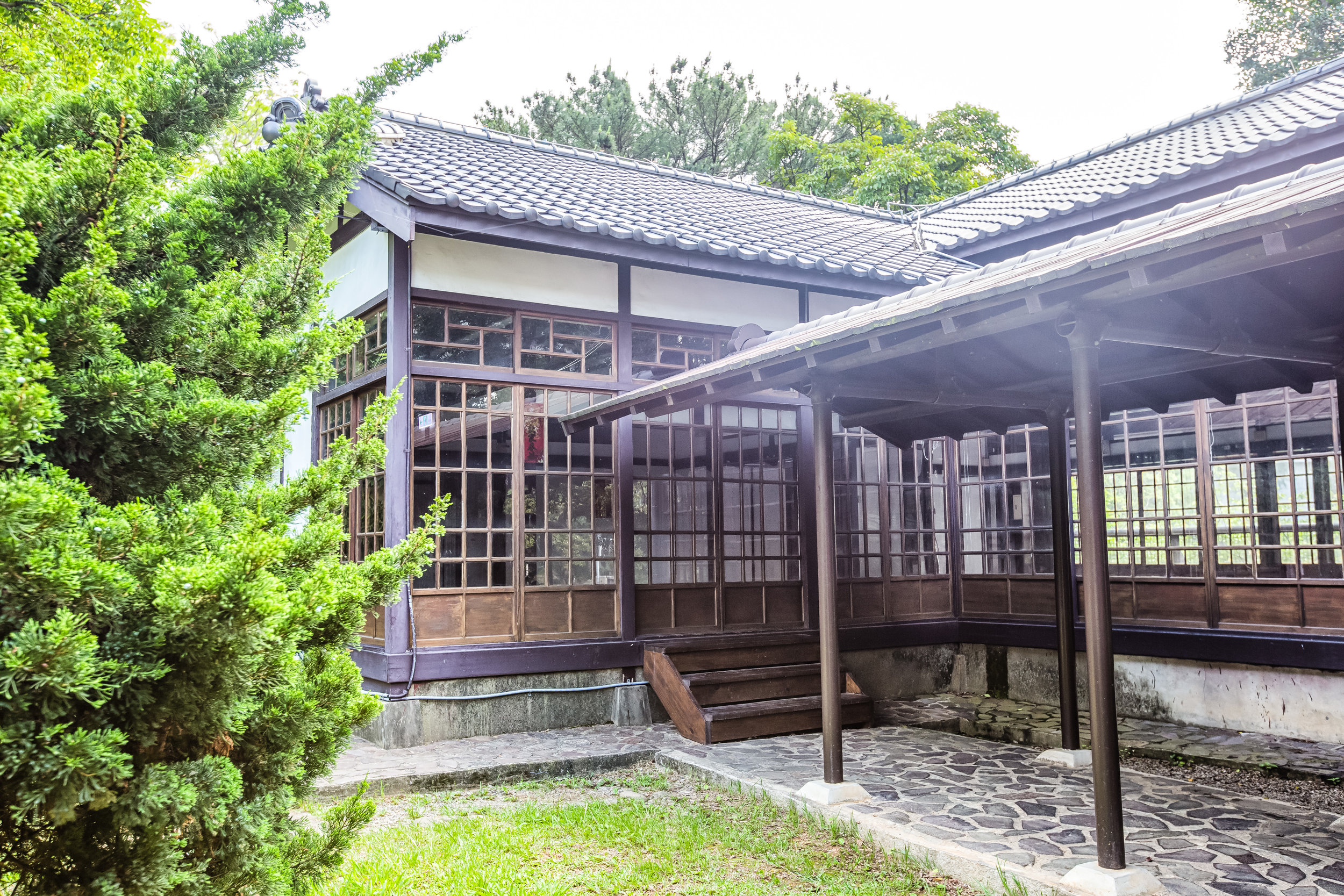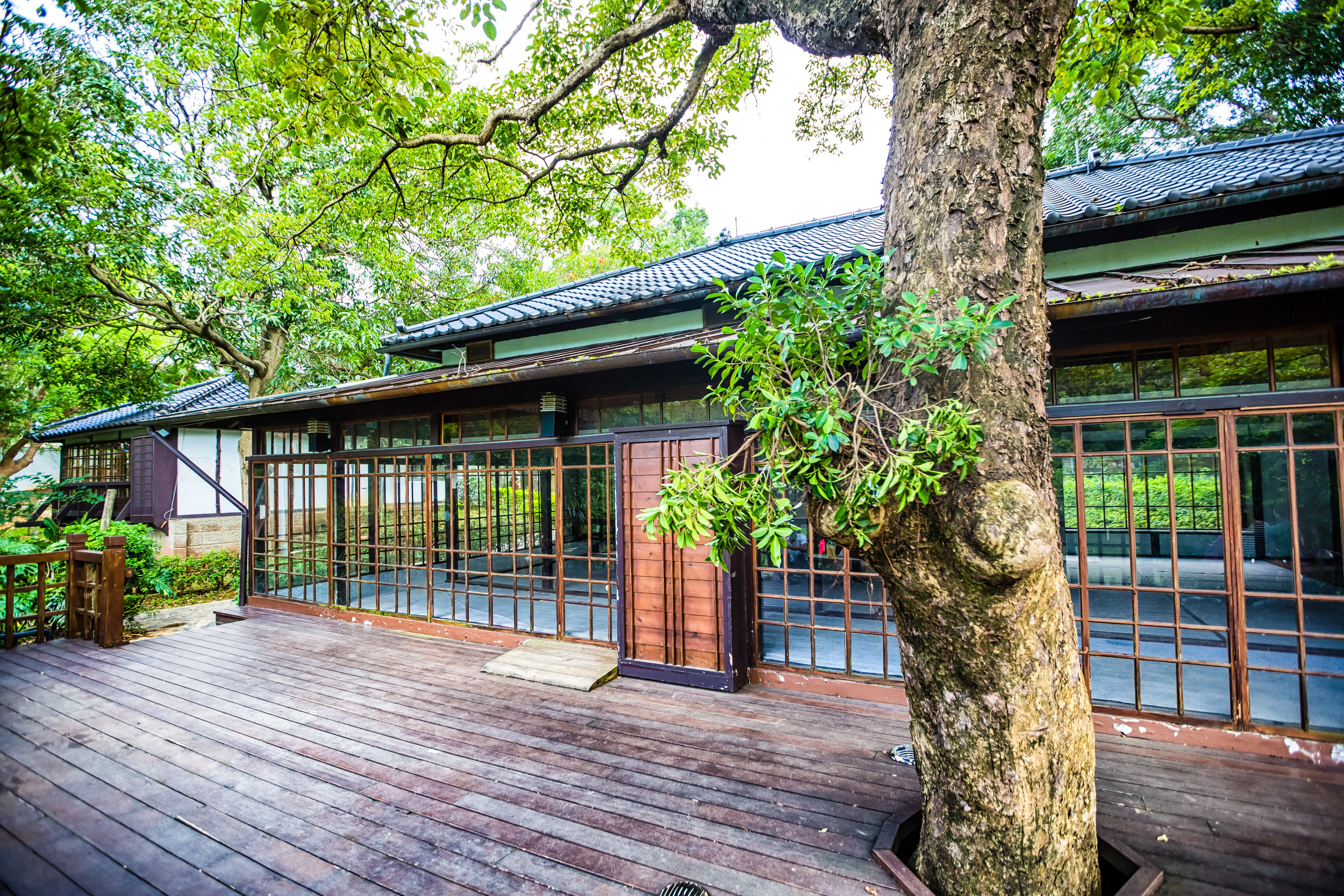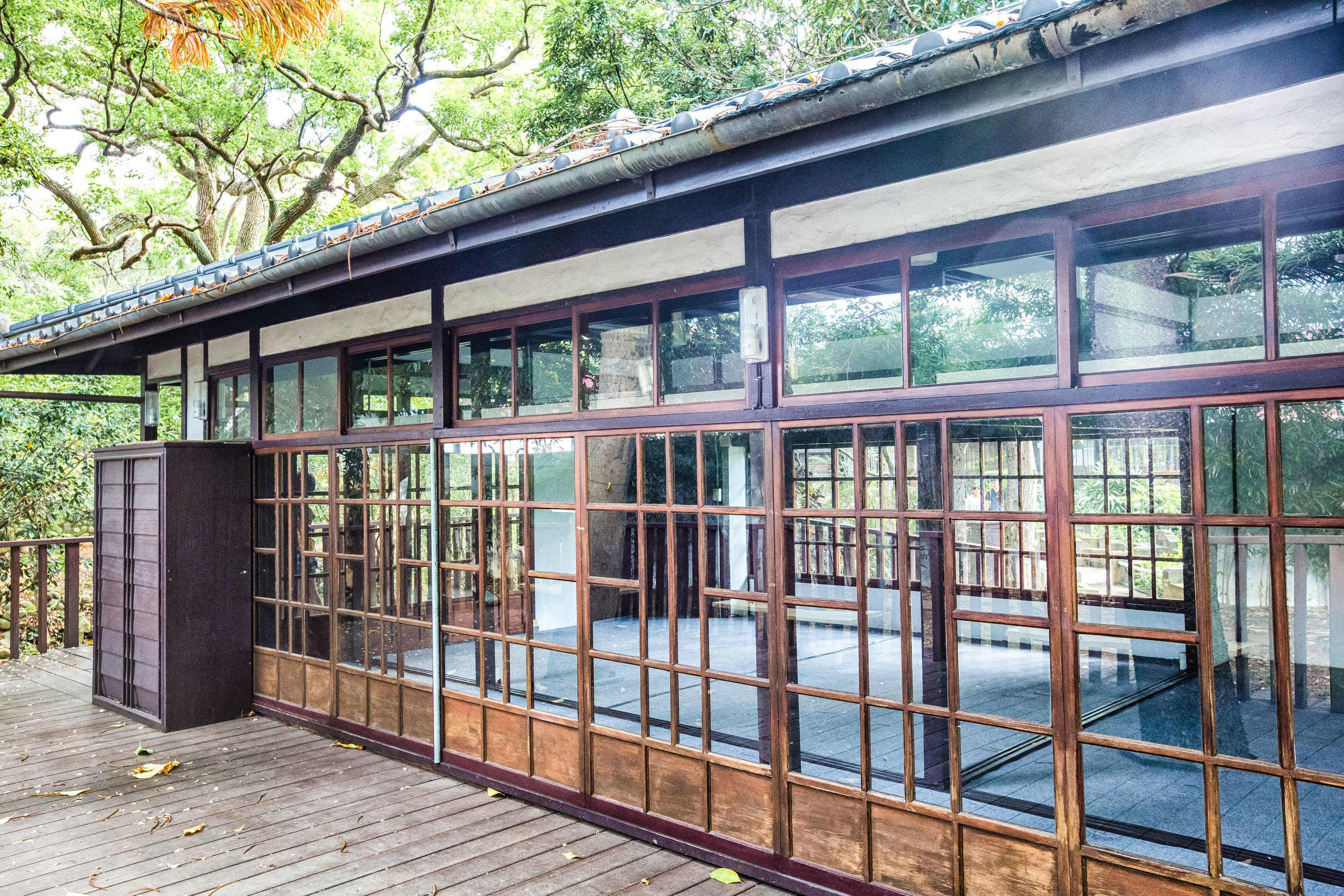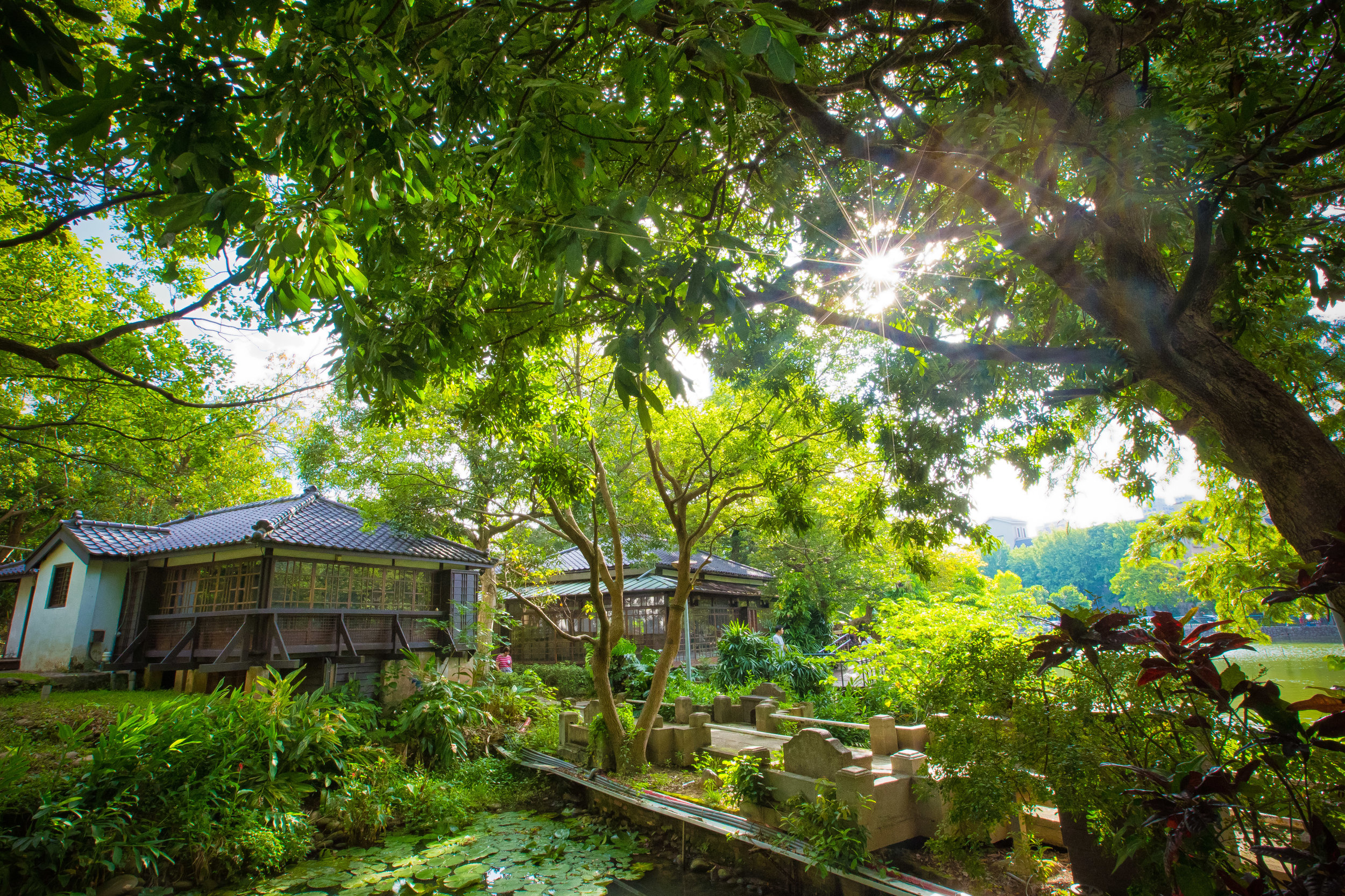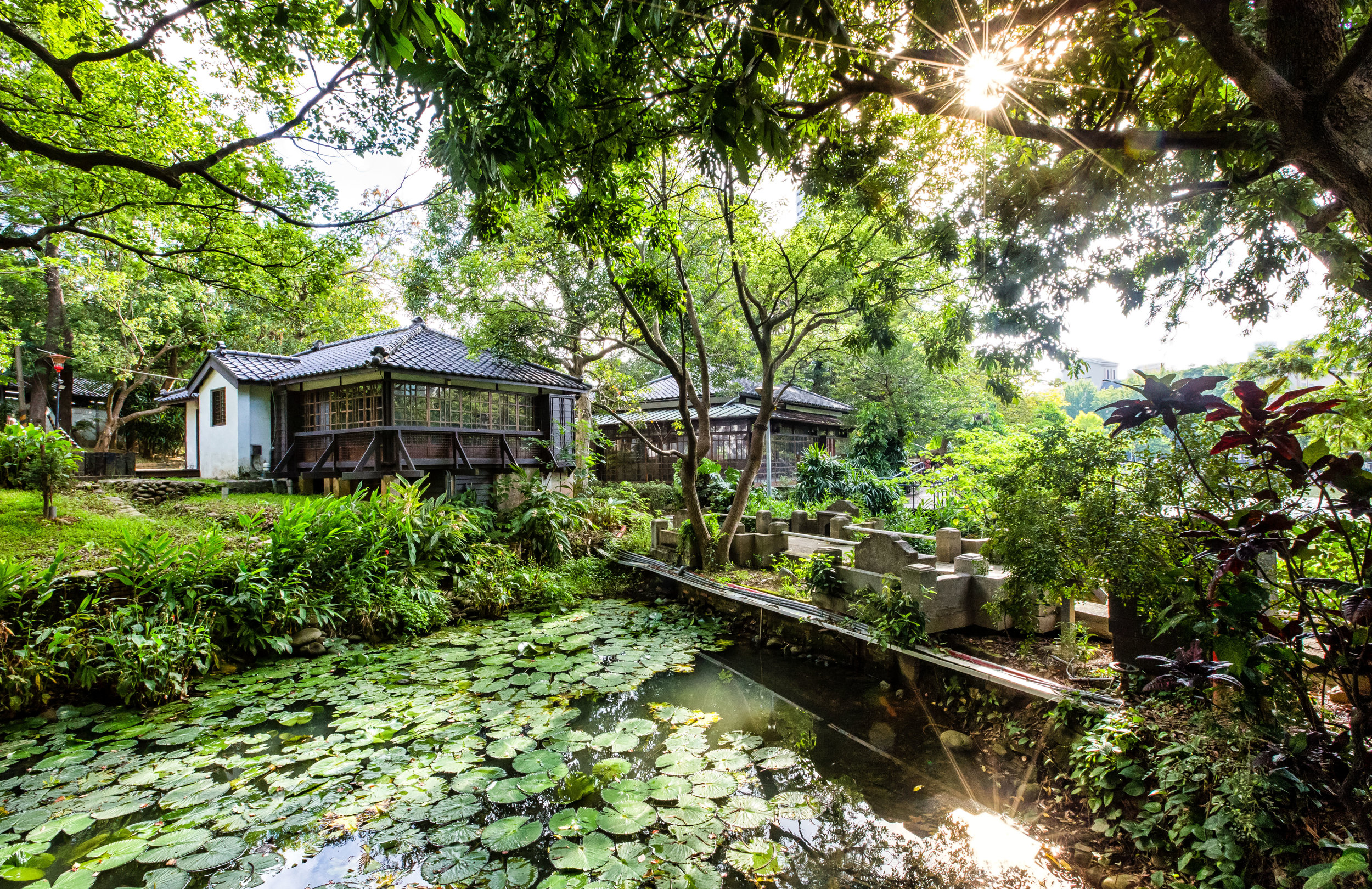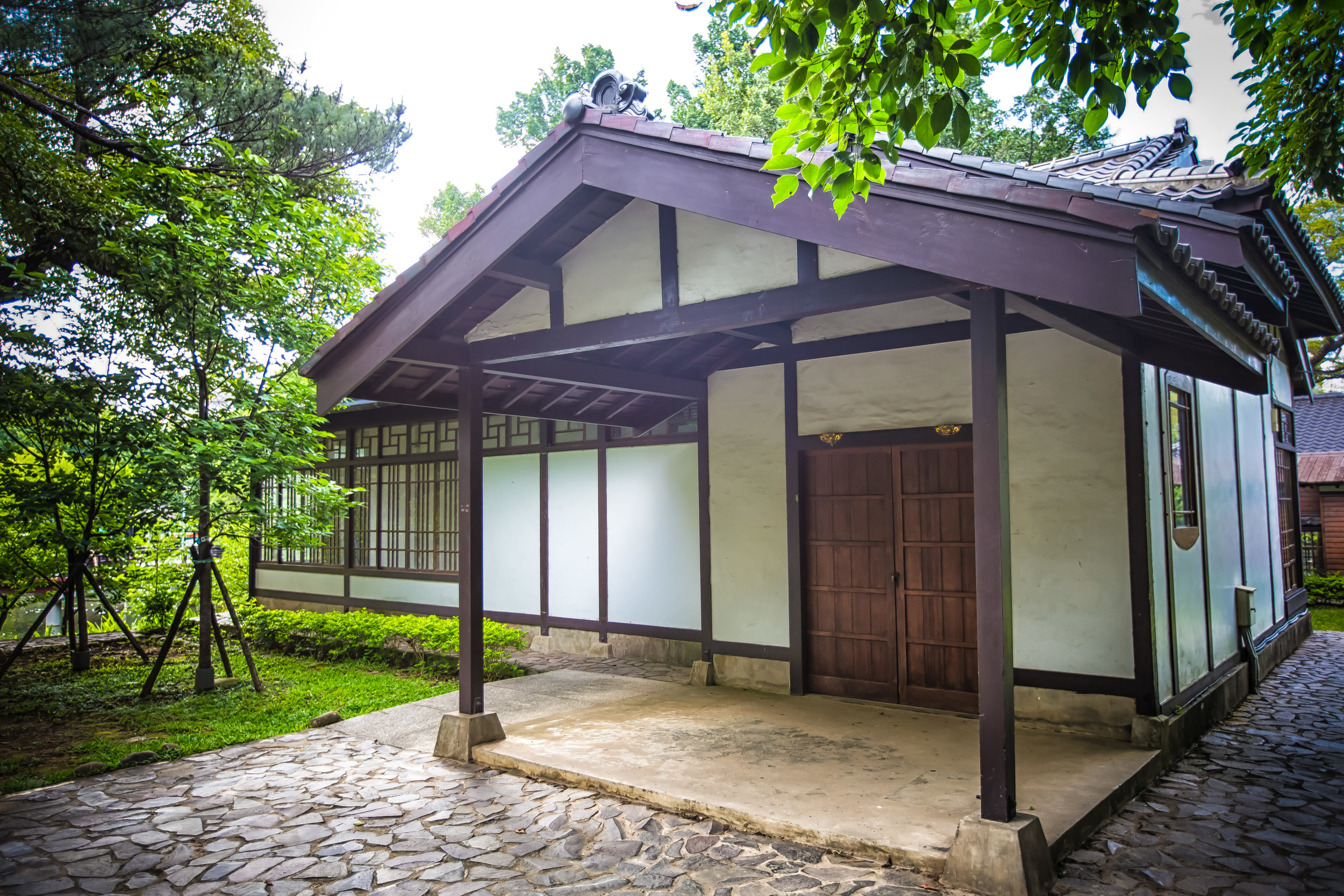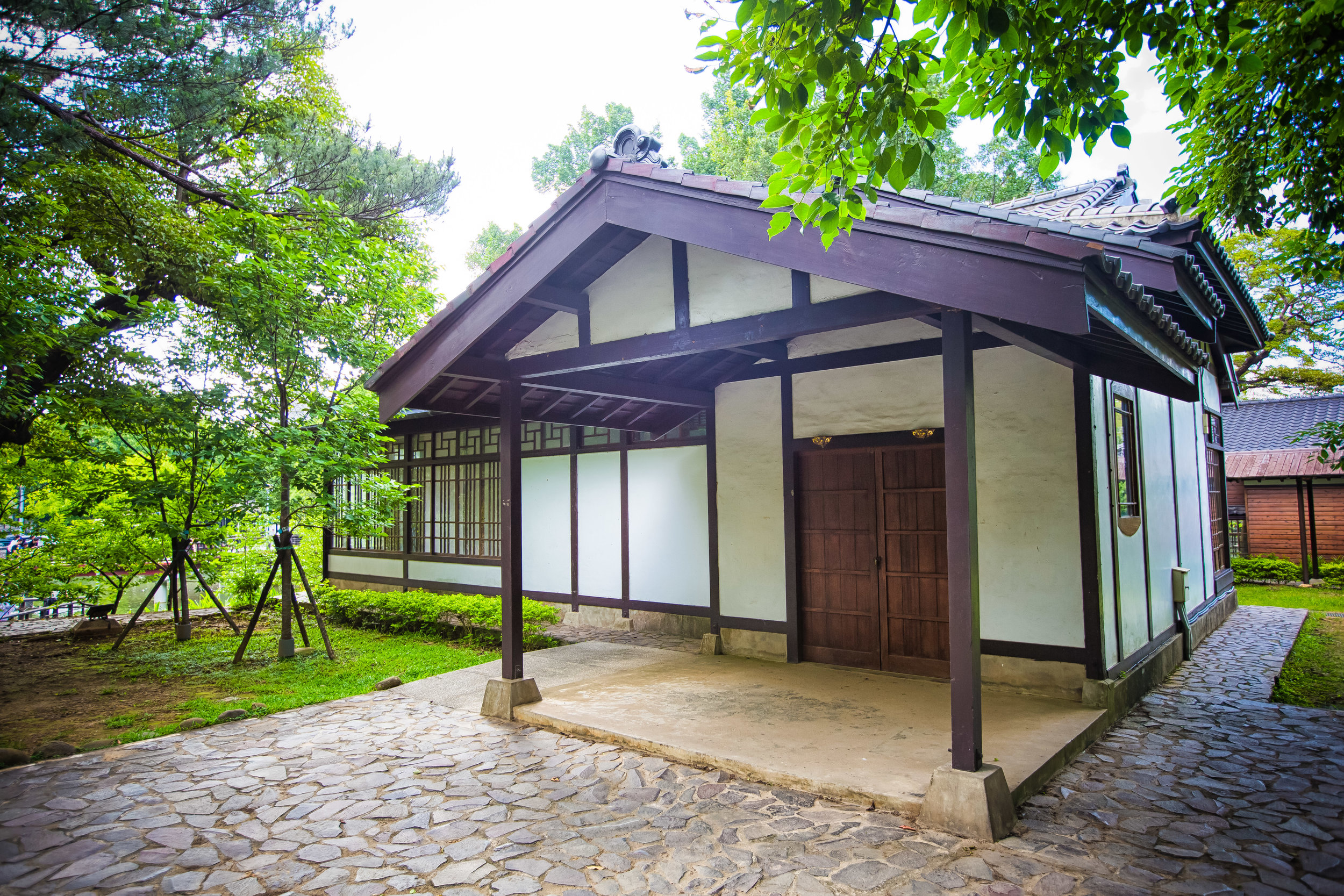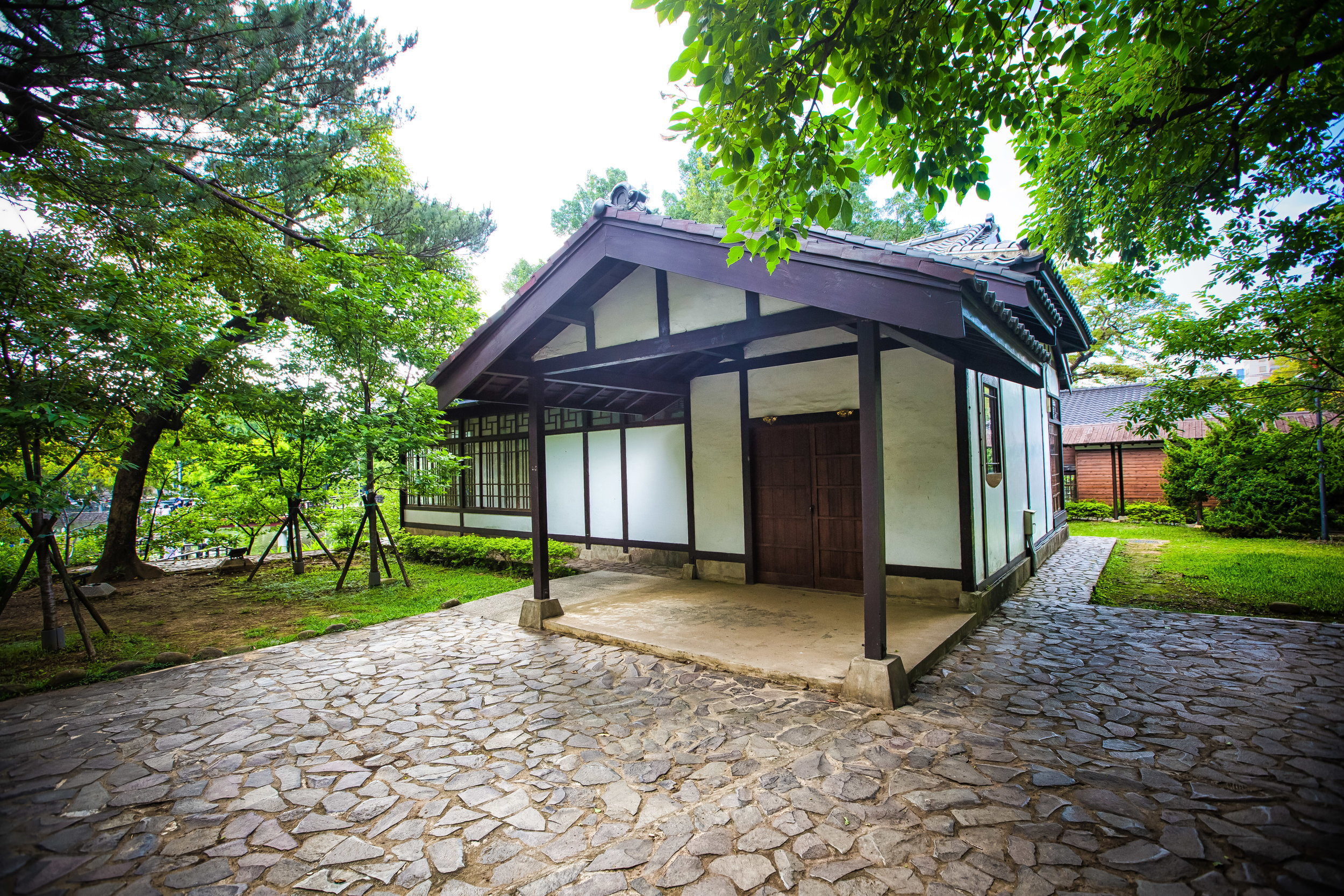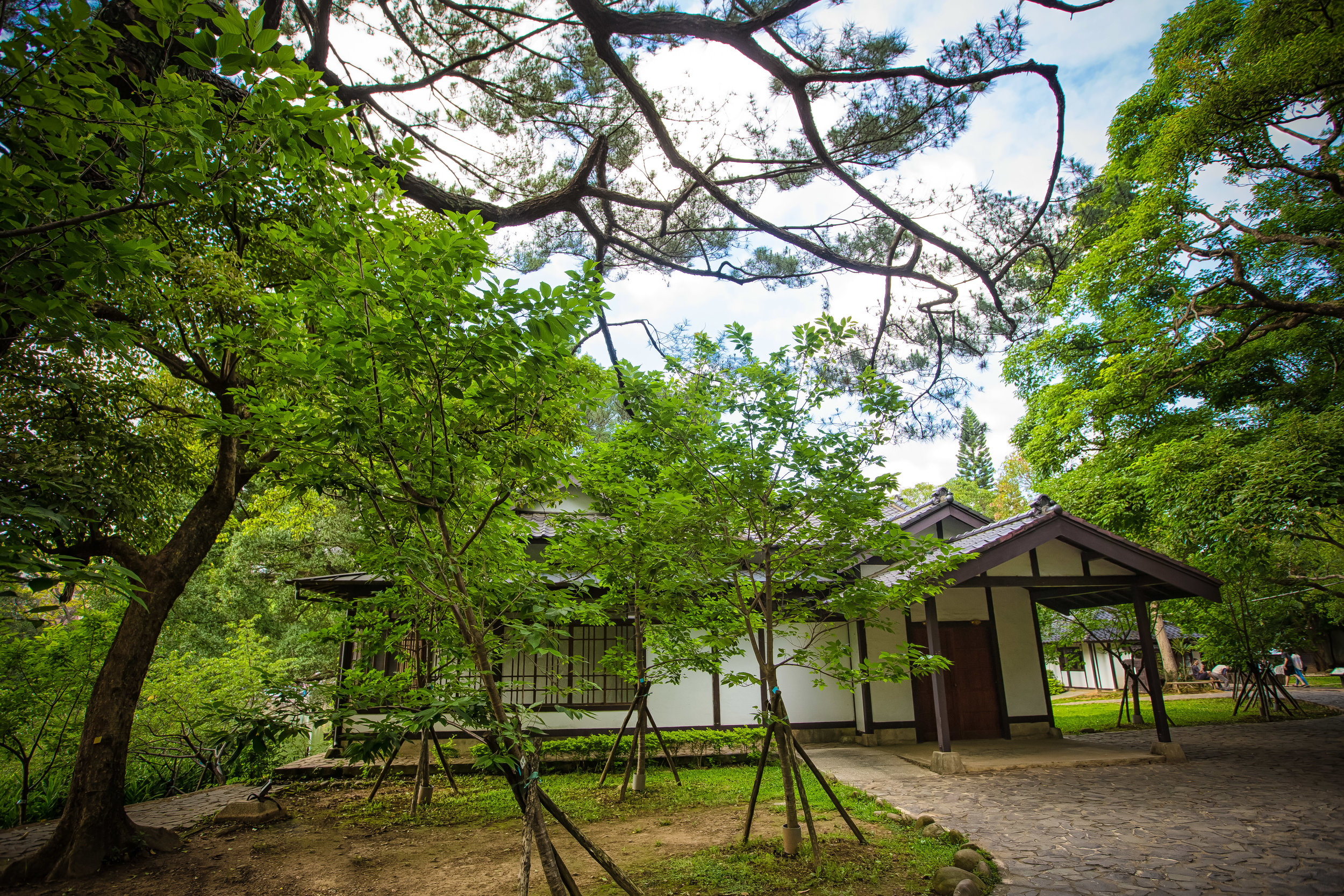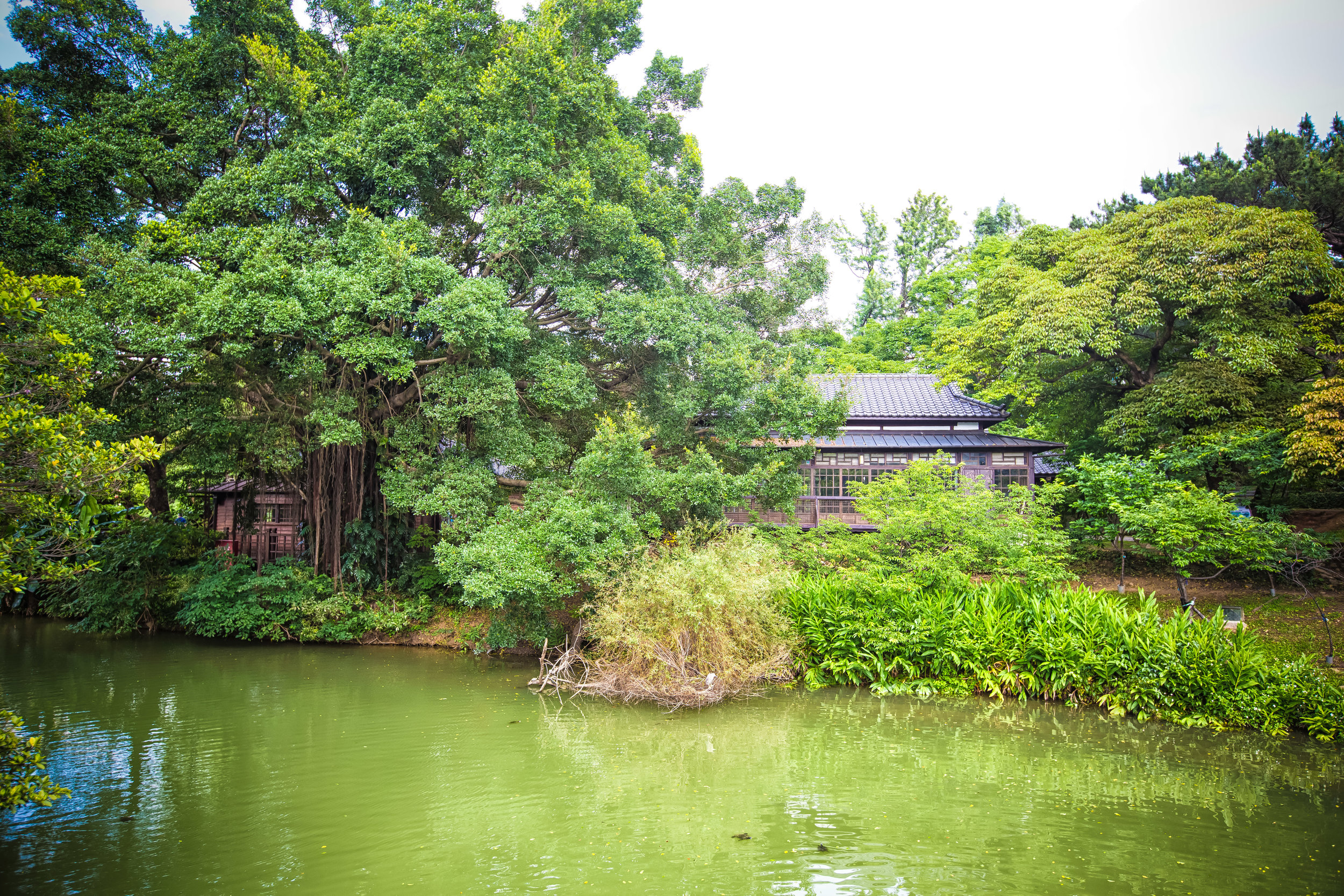For the past year I’ve made it a bit of a personal project to search out, photograph and document the history of some of the remnants of Taiwan’s Japanese Colonial Era. In that time I’ve visited most of the remaining Martial Arts Halls, Shinto Shrines, some old dormitories and former communities.
One of the things that I’ve learned through all of this is that in the seventy years since the end of the occupation period (and even throughout Taiwan’s massive development), you’re still able to find evidence of the Japanese Colonial Era in almost every city and small village throughout this country - So its best to always keep your eyes open when you’re travelling around because you’re bound to find something interesting!
Although I’ve visited quite a few of the various buildings of cultural and religious influence left over from the Japanese Colonial Era, the place I’m posting about today is something completely new to me and is something I’ve yet to come across in my search for Colonial Era relics.
Of all the different types of buildings I’ve found so far I find it hard to believe that I’ve never actually ever wondered why I hadn’t yet found a restaurant. I guess the reason for this is because every where you go in Taiwan you're likely to find a multitude of Japanese restaurants that faithfully cover and pay respect to every region and style of Japanese cuisine. It never occurred to me that there might actually still be some traditional restaurants still in existence.
Ryōtei (料亭)
Despite having so many great options for Japanese food in Taiwan, one type of restaurant that you’re not likely to find these days is a traditional Ryōtei (料亭), one of Japan's most traditional and luxurious dining experiences.
In Japanese, the word Ryōtei comes from the shortened word “ryōri” (りょうり/料理) which refers to cuisine and the word “tei” (亭) refers to a “pavilion” or an elegant residence. Basically a Ryōtei is a luxurious restaurant where guests dine in private rooms and are served by waitresses wearing kimono. Patrons in a Ryōtei are served a traditional set multi-course menu known as “kaiseki-ryōri” (懐石料理) that is known not only for its great taste but the great artistic care that is taken to prepare it.
In some cases a visit to a Ryōtei also includes the company of geisha who act as hostesses and provide live entertainment to the guests.
Traditionally, Ryōtei’s only accept new customers by referral and have the reputation as being exclusive “members-only” type places. This practice has changed in modern times but the restaurants are still a favourite among high-level businessmen and politicians who visit to have discreet meetings where they are able to woo prospective clients or to seal an important deal.
While preparing to write this blog I did a bit of research about Ryōtei in Taiwan during the Japanese Colonial Era but there wasn’t much information about their history available online. What I did find however is that there is one in Tainan City that has been restored and opened to the public as a museum of sorts and then another in Hsinchu City which has also been restored but thus far is not yet open to the public.
Hsinchu Park (新竹公園) is home to not only the historic Hsinchu Zoo, the Hsinchu Confucius Temple and the Hsinchu Glass Museum but also the beautiful Lakeside Ryotei (湖畔料亭) which I'll be introducing today.
The Lakeside Ryōtei, built on the banks of Li Lake (麗池) originally consisted of five separate buildings that varied in size. Visiting the restaurant would have been a complete experience that included the tranquility of the lake but also a beautifully designed park-like atmosphere with small foot bridges, lanterns and ponds with wildlife roaming the grounds.
Today you may not be able to enter the buildings (there are plans to open them in the future) or have one of the traditional meals inside but you can certainly enjoy the scenery as well as the various species of birds, turtles and fish which live in the lake area.
History / Design
Constructed in 1931 (昭和6年) and then expanded upon in 1935 (昭和10年) the restaurants were considered a 'garden-style recreation area' for the employees of Shinchiku Prefecture (新竹州) which consisted of modern-day Hsinchu, Taoyuan and Miaoli.
Each of the five buildings were constructed with traditional Japanese architecture using Taiwanese cypress (檜木) and have beautiful black tiled roofs. The buildings were elevated off of the ground using cement planks (in case of flooding) with traditional Japanese tatami floorboards. All of the buildings have a different design but the buildings that you will probably spend the most time looking at are the two that have windows on all four sides.
Taking into consideration that Hsinchu is well known historically for its glasswork (and the fact that Glass Museum is pretty much next door to these buildings) you shouldn’t be surprised that the glass displayed in these buildings is so spectacular. The craft work that went into their original construction as well as their restoration is quite amazing.
When the Colonial Era ended the buildings were left abandoned for a short time before being absorbed as part of the Air Force 8th Battalion’s nearby military village. The village known as the Air Force 11th Village (空中十一村) used the buildings as an elementary school as well as converting others into dormitories which were dubbed “Arhat Halls” (羅漢堂) in reference to the monk-like nature of the dorms which were set up to house single pilots who had no dependents.
Unfortunately as is the fate of almost all of Taiwan’s military villages, most of the people who lived in the Air Force 11th Village ultimately relocated and the buildings were left abandoned. In the late 1990’s one of the original buildings burnt down leaving only four remaining albeit in rough shape.
When the Hsinchu City Government made plans to convert a nearby Japanese-era building into the Hsinchu Glass Museum (新竹市立玻璃工藝博物館) local civic groups pushed for the Ryōtei buildings to also be restored and put to good use rather than allowing them to continue to rot.
The plans to restore these buildings and put them to good use is an ongoing one and while the public cannot currently enter the buildings yet, the city government has plans to complete their restoration and allow for them to once again be enjoyed by the people of Taiwan.
So far it seems like each of the buildings will have a different theme for exhibitions which will be organized under the auspices of the Glass Museum which will bring these beautiful buildings back to life.
Getting There
If you are relying on public transportation to get to the Hsinchu Park, you are in luck as it is quite close to the Hsinchu Train Station as well as the Bus Station.
If you are travelling by train just exit Hsinchu Station from the rear exit (後站) and from there either walk to the park or take a Youbike. The walk should be no more than five minutes but each time I’ve visited I’ve taken a bike as there is a bike station directly across from the park’s entrance. The directions to the park are clearly marked on the road in both Chinese and English so its not likely that you’ll get lost.
While you’re visiting be sure to check out the various species of local birds as well as the turtles and fish which make their home in the beautiful lake. Make sure to walk around the historic park and check out some of the other interesting sights which include the Hsinchu Confucius Temple, the Glass Museum, the Hsinchu Zoo and the weekend flower market.
The Lakeside Ryōtei have a storied history dating back well over eight decades and during that time have served many different purposes. The future looks quite bright for these beautiful Japanese-style buildings. If you are a fan of Japanese architecture be sure to check out this peaceful park - especially during the early months of the year when the sakura blossoms are in full bloom which transports you from a small park in Hsinchu to something you’d expect to see in Japan!
Gallery / Flickr (High Res Shots)

